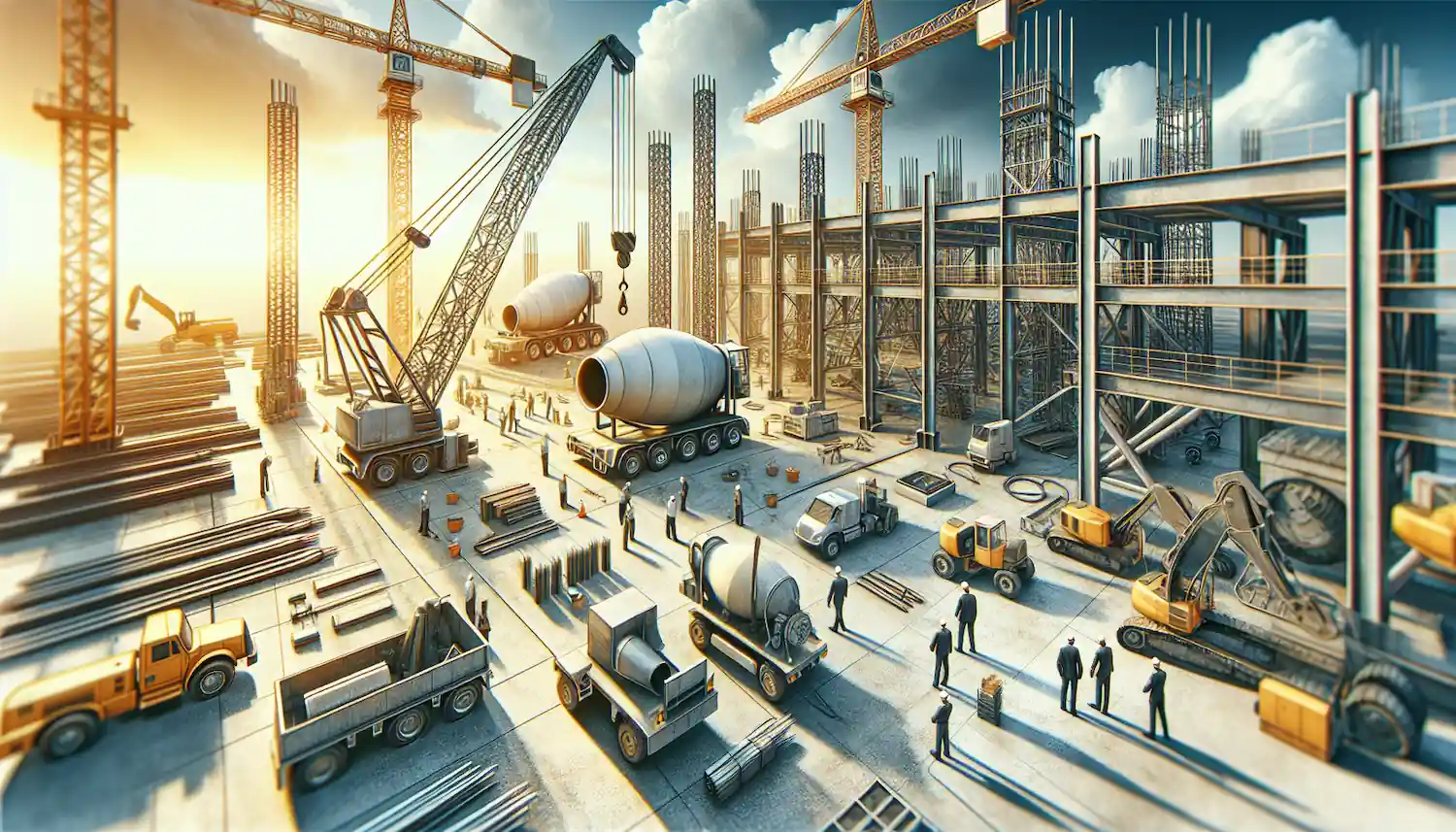5 Ways to Assess the Environmental Impact of Heavy Construction Machinery

In this guide, you'll discover five practical ways to assess and minimize the environmental impact of your construction machinery, helping you make more sustainable choices for your operations and contribute to emissions reduction in the construction industry.
Understanding Environmental Impact Assessment for Construction Equipment

Environmental impact assessment for construction machinery encompasses multiple factors affecting their ecological footprint. A comprehensive study reveals that tailpipe emissions contribute the largest environmental impact across most categories. The construction industry is increasingly focusing on how to reduce carbon emissions on a construction site through various strategies and technologies.
Key Components of Construction Machinery Impact
Four primary factors determine the environmental impact of construction equipment:
- Equipment type and condition, including engine specifications
- Maintenance quality and frequency
- Operating conditions and terrain
- Equipment operation practices and operator skill
The exhaust emissions from construction equipment significantly vary based on the engine year, model, and horsepower. Furthermore, equipment deterioration occurs with age and usage, directly affecting emission rates and overall sustainability.
Regulatory Requirements and Standards
The Environmental Protection Agency enforces comprehensive environmental regulations limiting emissions of pollutants from non-road diesel engines. Additionally, the European Union implements Stage V standards, recognized as some of the most stringent worldwide. These standards specifically target the reduction of nitrogen oxides and particulate matter emissions in the construction industry.
Importance of Regular Assessment
Regular environmental impact assessments help maintain equipment efficiency and reduce emissions. Studies indicate that delayed maintenance can lead to higher fuel consumption and increased emissions due to insufficient fuel burning. Moreover, proper maintenance strategies keep equipment in optimal working condition, ensuring efficient fuel usage in delivering output power. This approach is crucial for effective lifecycle asset management in the construction industry.
Optimize your construction machinery's performance while staying environmentally compliant. Contact MCH Parts for tools and strategies that drive sustainability.
Life Cycle Analysis of Heavy Machinery

Life cycle assessment offers a structured approach to evaluate the environmental impact of heavy construction equipment from production to disposal. A comprehensive analysis reveals that construction equipment contributes to approximately 1.1% of worldwide carbon emissions.
Manufacturing and Transportation Impact
The manufacturing phase involves extensive resource consumption and energy usage. Studies indicate that the production of electric construction equipment batteries requires 15 times more power and 20 times more energy than passenger vehicle applications. Transportation between manufacturing facilities and construction sites subsequently adds to the carbon footprint, primarily through fuel consumption and emissions during delivery.
Operational Environmental Footprint
The operational phase accounts for the largest environmental impact, with fuel consumption being the primary concern. Research shows that construction machinery's usage phase contributes to:
- Over 70% of total CO2, SO2, and NOx emissions
- Approximately 20% of total particulate matter emissions
- A global warming potential of 528,256 kg CO2 equivalent over the equipment's lifetime
To address these issues, the construction industry is exploring alternative fuels and electric construction equipment to reduce carbon dioxide emissions and overall energy consumption.
End-of-Life Considerations
At the end of their operational life, construction machines undergo various disposal processes. Essentially, 20% of non-recycled materials undergo incineration, while the remainder goes to landfills. Notably, proper end-of-life management through recycling and remanufacturing can extend equipment lifespan and reduce waste generation, contributing to more sustainable practices in the construction industry.
From production to disposal, ensure every stage of your machinery’s life cycle supports your environmental goals. Reach out to MCH Parts for expert guidance.
Emissions Monitoring and Control
Effective monitoring and control of construction equipment emissions requires sophisticated measurement systems and regular assessment protocols. A continuous emission monitoring system (CEMS) measures gas concentrations and particulate matter to ensure compliance with environmental standards and support emissions reduction efforts in the construction industry.
Air Quality Impact Measurement
Construction equipment produces significant air pollution, accounting for 14.5% of particulate matter and 8% of total emissions in the United States. Accordingly, monitoring systems track several key pollutants:
- Carbon monoxide and dioxide emissions
- Nitrogen oxides (NOx)
- Volatile organic compounds (VOCs)
- Particulate matter (PM2.5 and PM10)
Predictive emission monitoring systems (PEMS) analyze operating parameters to determine gas concentrations, primarily focusing on NOx compliance. Indeed, recent studies indicate that construction activities contribute to 23% of total CO2 emissions from human activities, highlighting the need for improved emissions reduction strategies in the construction industry.
Noise Pollution Assessment

Construction equipment generates significant noise levels that require careful monitoring. Consequently, noise ordinances often limit sound production, especially near sensitive areas such as schools, hospitals, and residential zones. Sound measurements focus on:
- Equipment-specific noise levels
- Duration of exposure
- Distance from sensitive receptors
- Vibration impacts on surrounding structures
Soil and Water Contamination Tracking
Construction activities can lead to soil contamination and water pollution through chemical leaching and stormwater runoff. Water quality monitoring stations measure parameters such as pH levels, conductivity, dissolved oxygen, and turbidity. Regular soil testing evaluates:
- Compaction levels
- Chemical contamination
- Erosion patterns
- Sediment control effectiveness
Effective waste management practices are crucial in minimizing soil and water contamination in construction sites.
Track and minimize emissions with cutting-edge solutions tailored to your equipment. Partner with MCH Parts for monitoring systems that meet the highest standards.
Technology-Driven Assessment Methods
Advanced technology has transformed how construction companies assess and manage their equipment's environmental impact. Modern assessment methods combine Internet of Things (IoT) sensors, data analytics, and artificial intelligence to provide unprecedented insights into machinery performance and environmental effects. The construction industry is increasingly embracing digitization and robotics to enhance efficiency and reduce environmental impact.
Real-time Monitoring Systems
IoT sensors embedded in construction equipment now enable continuous monitoring of multiple environmental parameters. These systems have demonstrated a 25-30% reduction in equipment downtime and improved asset utilization by 10-15%. Through sensor integration, construction managers can track:
- Equipment fuel consumption and emissions levels
- Operational efficiency and performance metrics
- Environmental conditions including air quality and noise levels
- Resource utilization and waste generation
Data Analytics for Impact Tracking
Advanced analytics platforms process sensor data to generate actionable environmental insights. Rather than relying on periodic assessments, these systems provide continuous data streams for immediate decision-making. Studies indicate that implementing analytics-driven solutions can reduce equipment-related CO2 emissions by up to 40%.
The integration of telematics with fleet management software primarily enables precise tracking of greenhouse gasses and pollutants, including carbon monoxide, nitrous oxides, and particulate matter. Nevertheless, these systems extend beyond mere monitoring - they help identify underutilized equipment and optimize resource allocation, contributing to overall sustainability in the construction industry.
Predictive Maintenance Solutions

Predictive maintenance, powered by machine learning algorithms, analyzes equipment sensor data to forecast potential issues before they occur. This proactive approach has proven highly effective, with one case study showing annual savings of $700,000 through predictive maintenance implementation.
Ultimately, these systems utilize vibration analysis, temperature monitoring, and performance metrics to determine optimal maintenance schedules. The technology has achieved 83% accuracy in recognizing equipment activities, alternatively allowing construction managers to make data-driven decisions about equipment maintenance and replacement, thus reducing operational costs and environmental impact.
Upgrade your assessment methods with IoT, AI, and advanced analytics. MCH Parts provides innovative tools to help your operations stay efficient and eco-friendly.
Conclusion
Environmental impact assessment of construction machinery stands as a crucial step toward sustainable construction practices. Your equipment's environmental footprint affects multiple aspects, from air quality and noise pollution to soil and water contamination. The construction industry must continue to innovate and adopt sustainable practices to move towards zero emissions and reduce its overall environmental impact.
Accordingly, implementing comprehensive assessment methods helps you make informed decisions about equipment maintenance, operation, and replacement. Technology-driven solutions have made these assessments more accurate and actionable, therefore enabling better environmental compliance and cost savings. The future of construction equipment lies in the development of more efficient, environmentally friendly technologies such as hydrogen fuel cell technology and advanced electric construction equipment.
Regular monitoring of emissions, coupled with predictive maintenance, undoubtedly reduces your machinery's environmental impact while extending equipment life. Additionally, proper life cycle analysis ensures responsible resource management from manufacturing through disposal, contributing to more sustainable practices in the construction industry.
Success in reducing your construction equipment's environmental impact requires dedication to assessment and optimization. Consider reaching out to MCH Parts for a free sourcing machinery or parts consultation, ensuring your business benefits from top-tier equipment and service. Through careful assessment and strategic improvements, you can minimize your environmental footprint while maintaining operational efficiency and reducing operational costs in the long run.
FAQs
Q1. What are the key components of assessing the environmental impact of construction machinery?
The main factors include equipment type and condition, maintenance quality, operating conditions, and operator practices. These components collectively influence emissions, fuel efficiency, and overall environmental footprint in the construction industry.
Q2. How does life cycle analysis contribute to understanding the environmental impact of heavy machinery?
Life cycle analysis evaluates the environmental impact of construction equipment from production to disposal. It considers manufacturing, transportation, operational use, and end-of-life disposal, providing a comprehensive view of the machinery's total environmental effect and supporting effective lifecycle asset management.
Q3. What are the primary emissions to monitor in construction equipment?
The main emissions to track include carbon monoxide, carbon dioxide, nitrogen oxides (NOx), volatile organic compounds (VOCs), and particulate matter (PM2.5 and PM10). Regular monitoring of these pollutants is crucial for maintaining air quality standards and achieving emissions reduction goals in the construction industry.
Q4. How can technology improve environmental impact assessment of construction machinery?
Advanced technologies like IoT sensors, data analytics, and AI enable real-time monitoring of equipment performance, emissions, and resource utilization. These tools provide actionable insights for reducing environmental impact and improving operational efficiency. The construction industry is increasingly adopting digitization and robotics to enhance these assessments.
Q5. What are the benefits of implementing predictive maintenance for construction equipment?
Predictive maintenance, powered by machine learning algorithms, can forecast potential issues before they occur. This approach can lead to significant cost savings, reduced equipment downtime, and improved environmental performance by ensuring machinery operates at optimal efficiency, thus contributing to overall sustainability in the construction industry.
Read More

Top Hydraulic Components for Agricultural Equipment in 2025: Complete Guide
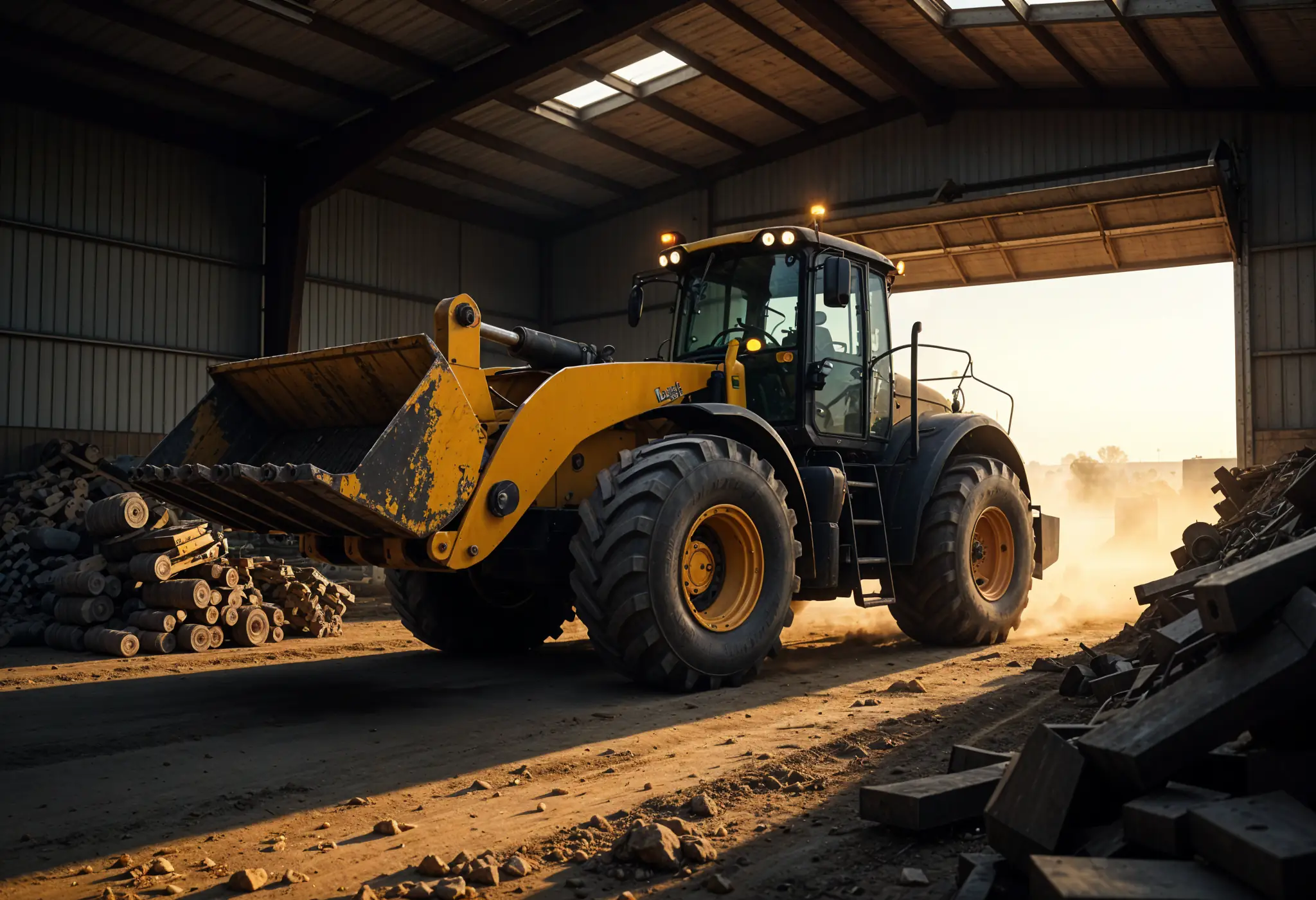
The Essential Farm Equipment Parts You Can't Afford to Run Out Of

How to Service Farm Equipment: A Farmer's Guide to Zero Harvest Downtime
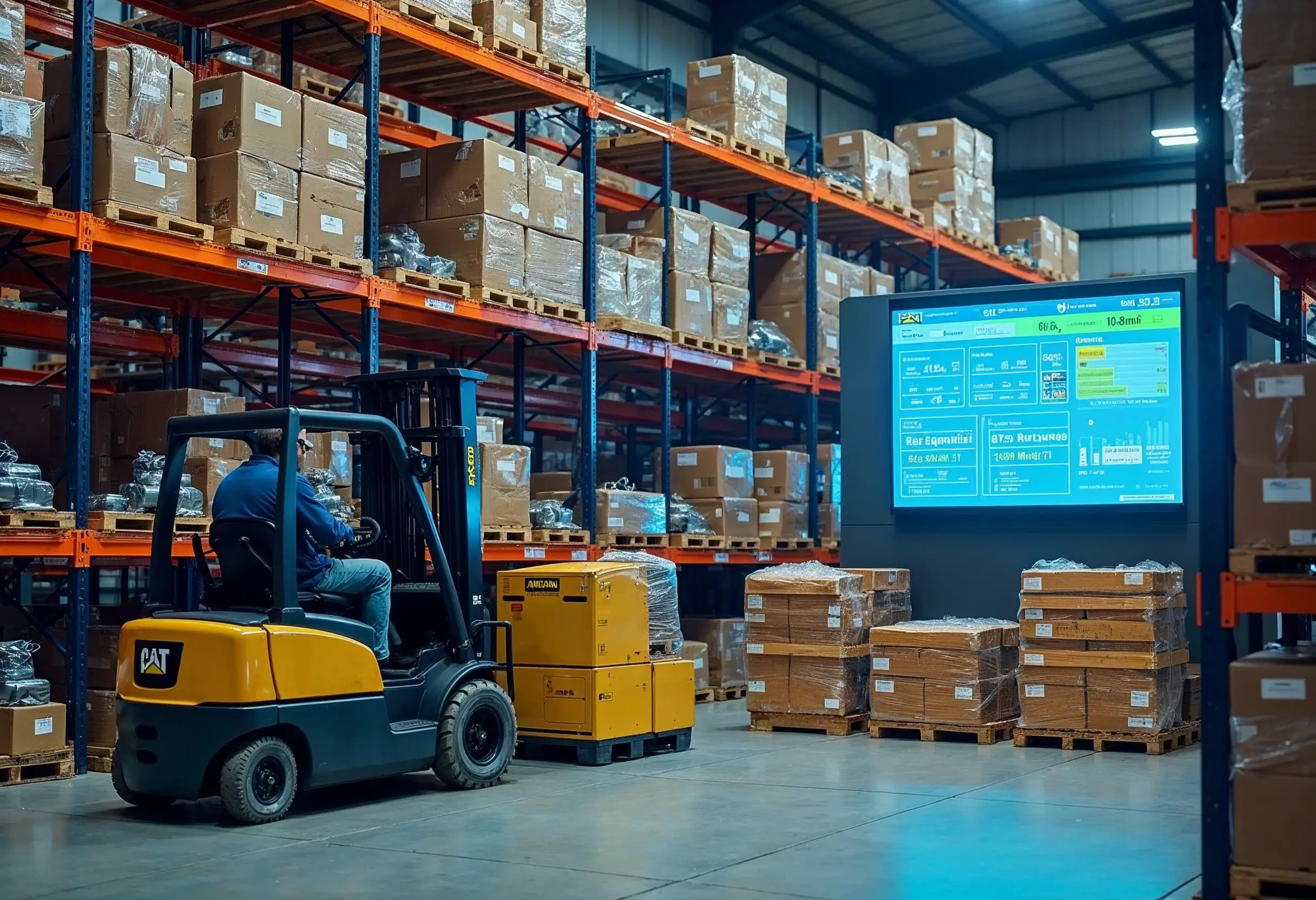
Construction Machinery Parts Suppliers: Expert Selection Guide
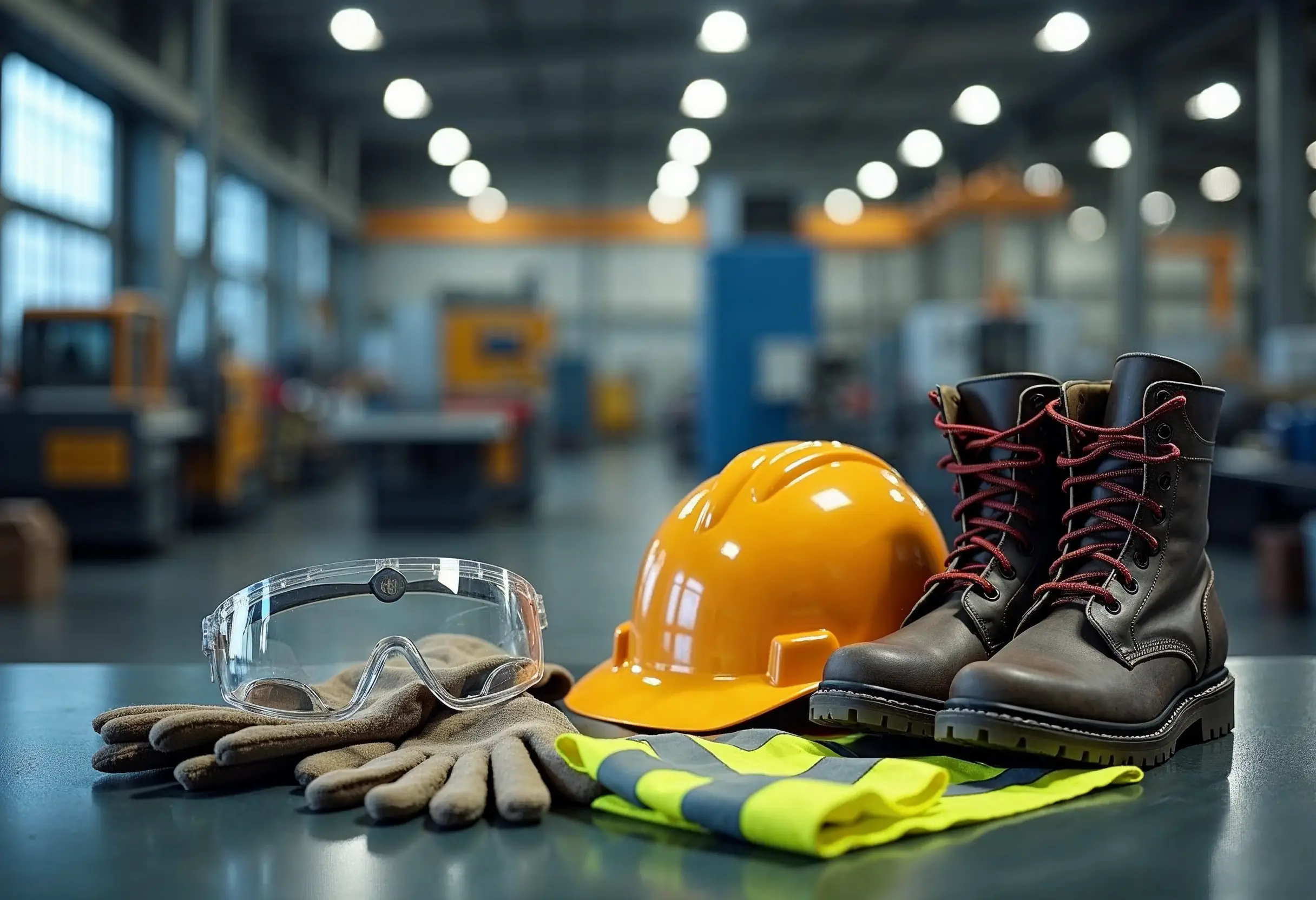
How to Apply Machine Safety Rules: From Selection to Installation

Smart Diagnostics Cut Heavy Equipment Failures by 73%

5 Ways to Assess the Environmental Impact of Heavy Construction Machinery
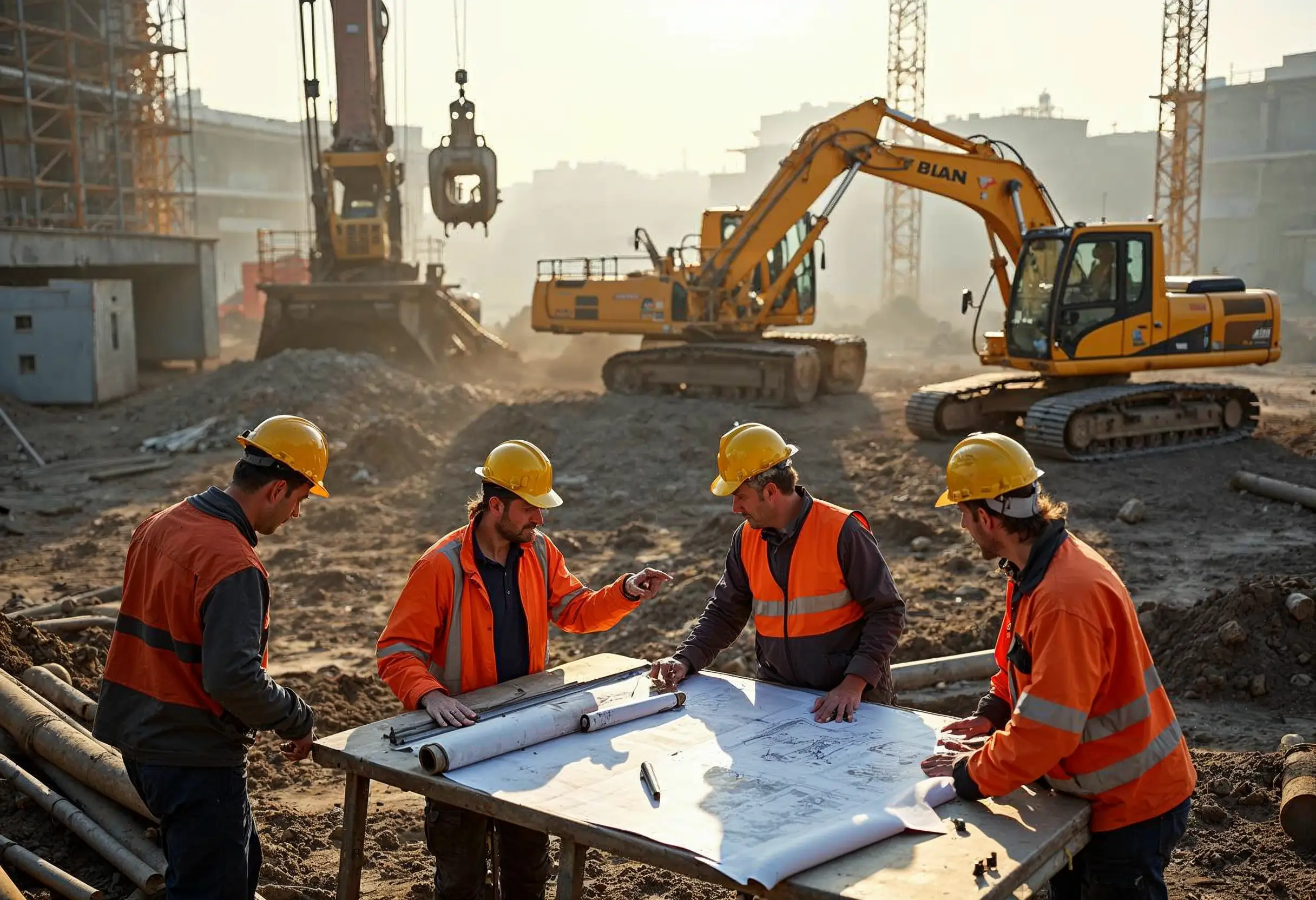
10 Smart Ways to Pick Construction Machinery for 2025 Projects
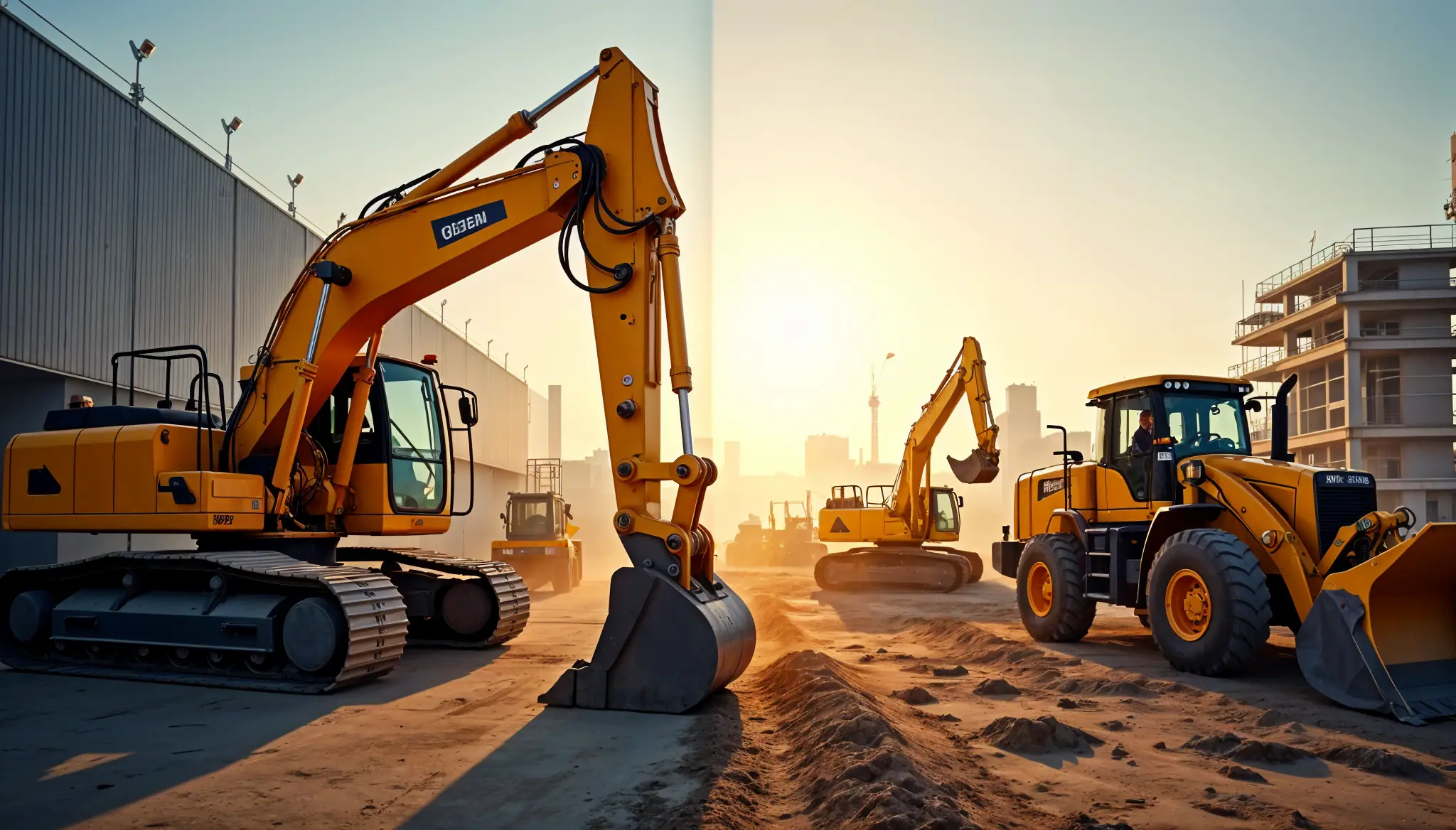
Rent vs Purchase Equipment: What Heavy Industry Experts Hide

How to Implement a Construction Inventory Management System for Equipment Efficiency
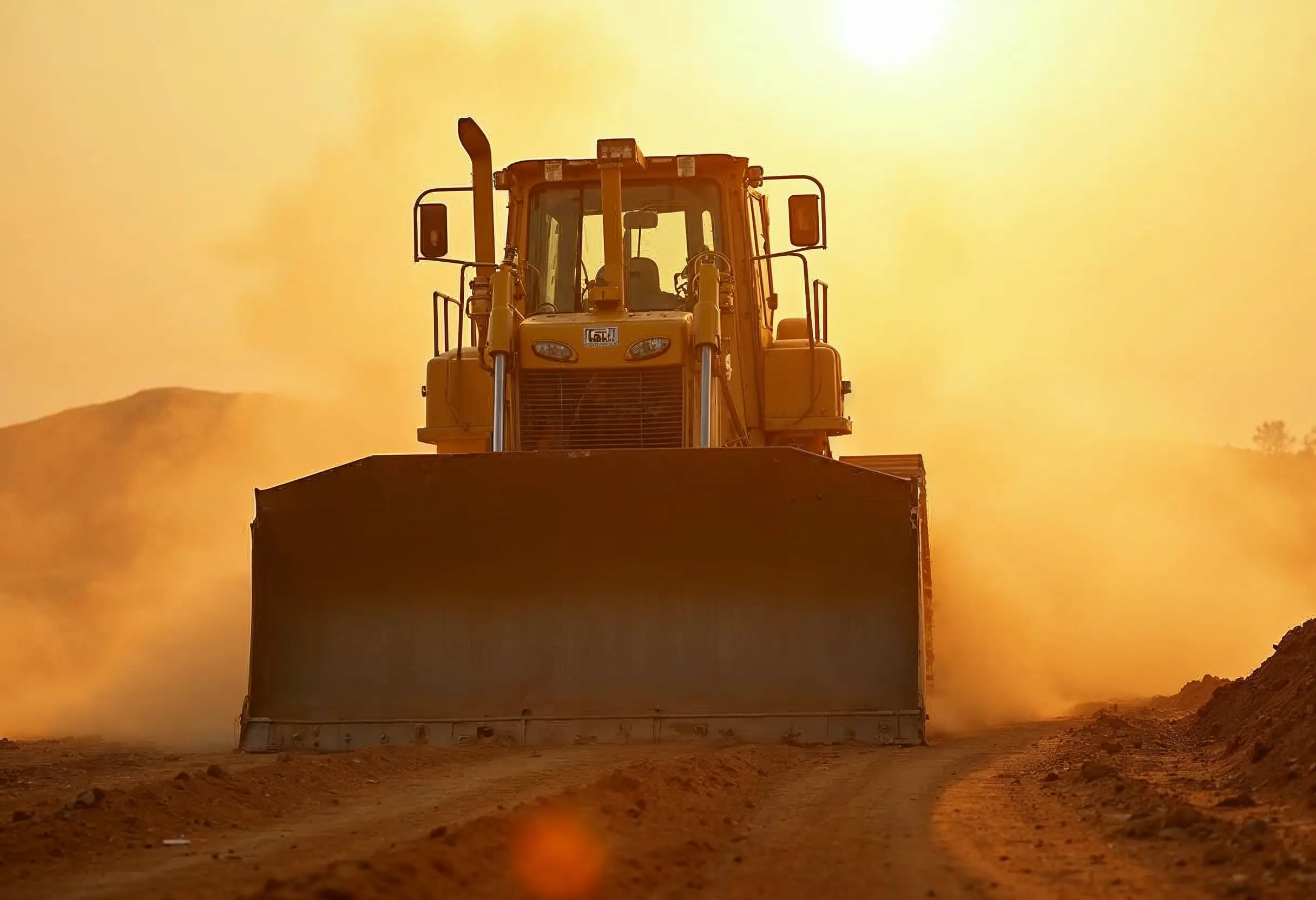
How to Extend Equipment Life Expectancy with Regular Maintenance
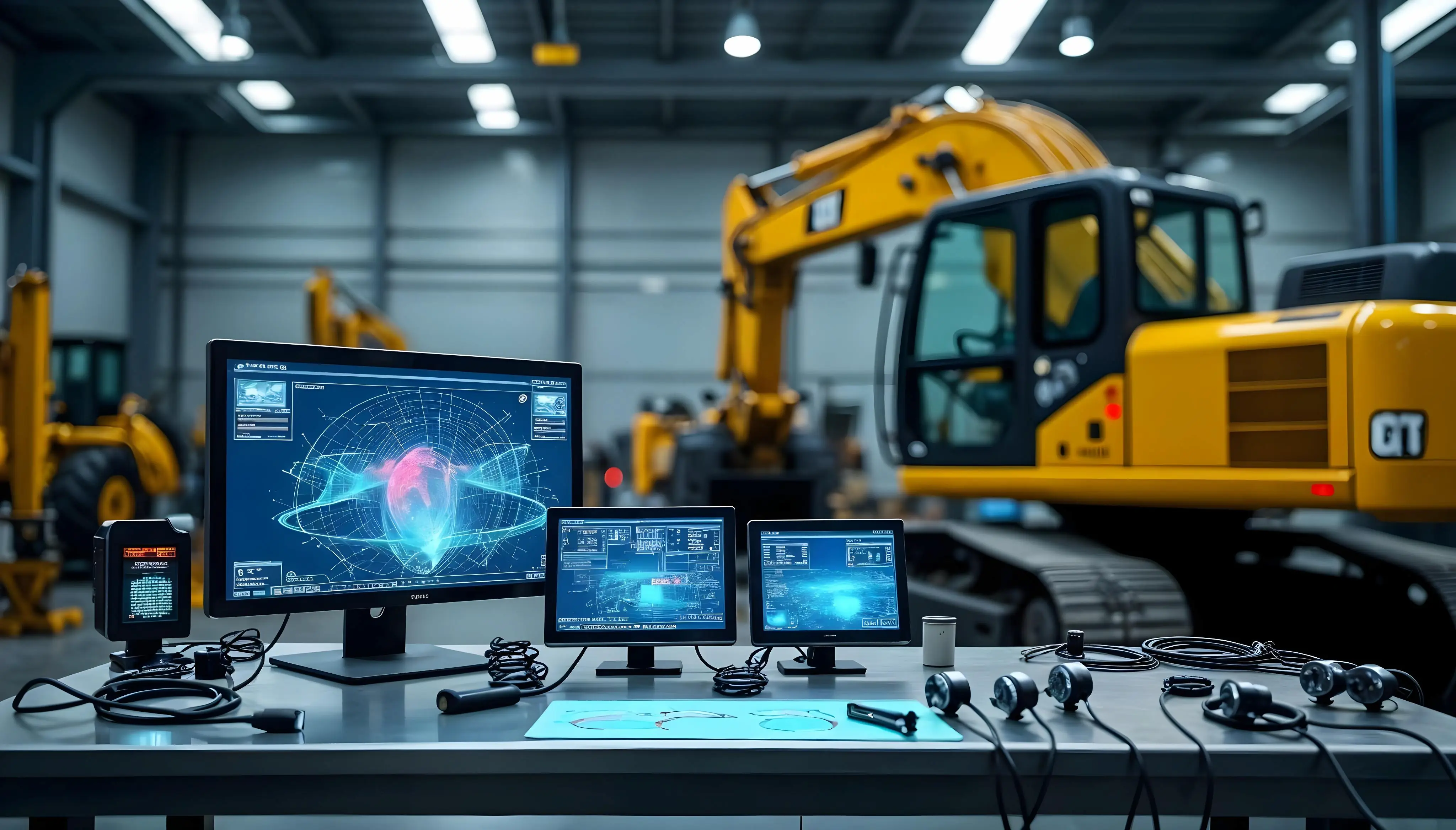
Advanced Heavy Equipment Diagnostic Tools: Ensuring Construction Machinery Quality
Essential Features Your Construction Equipment Inventory System Needs
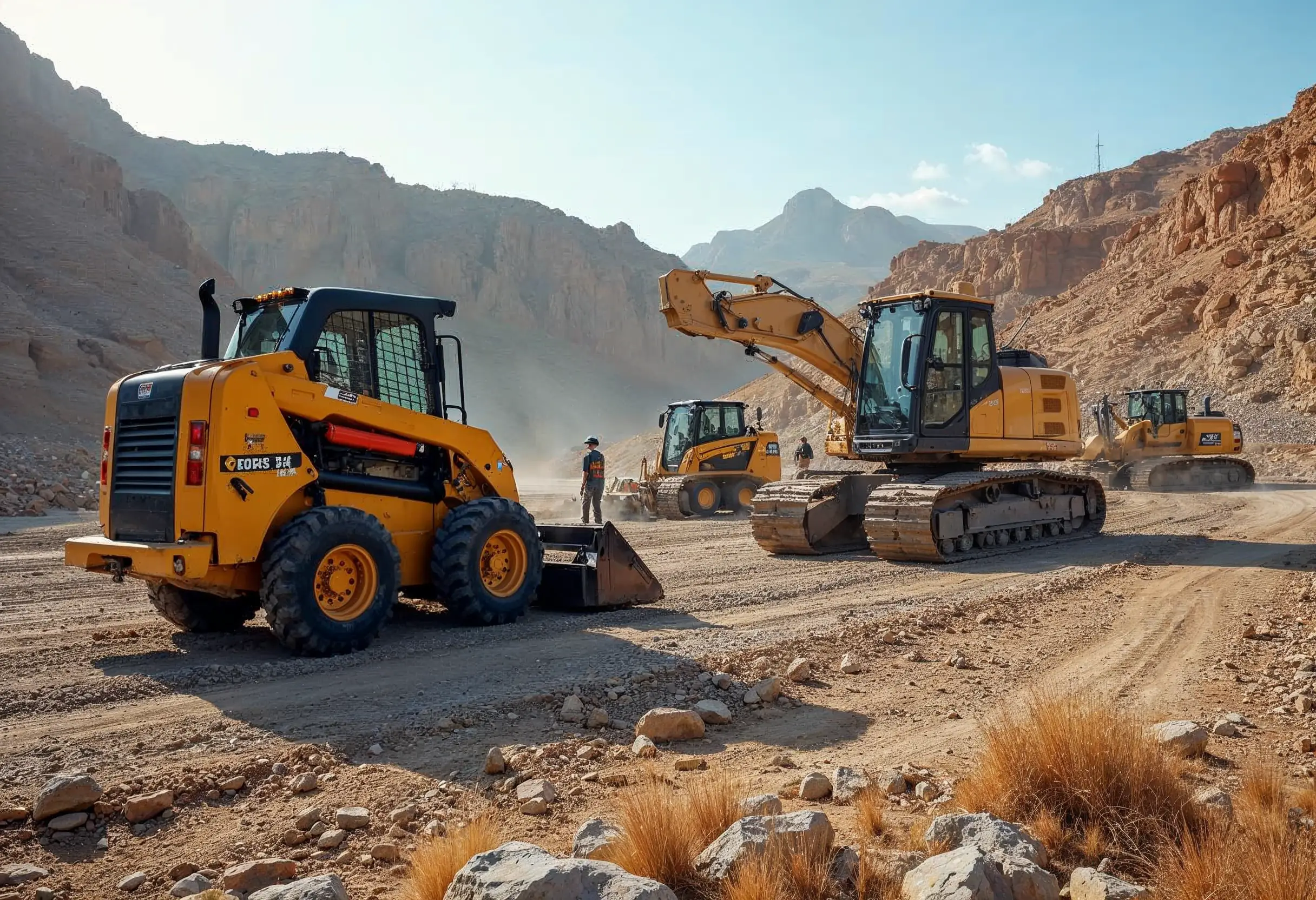
29 Quick Tips for Choosing Construction Equipment for Remote Locations

How to Select Construction Machinery with Optimal Equipment Maintenance in Mind
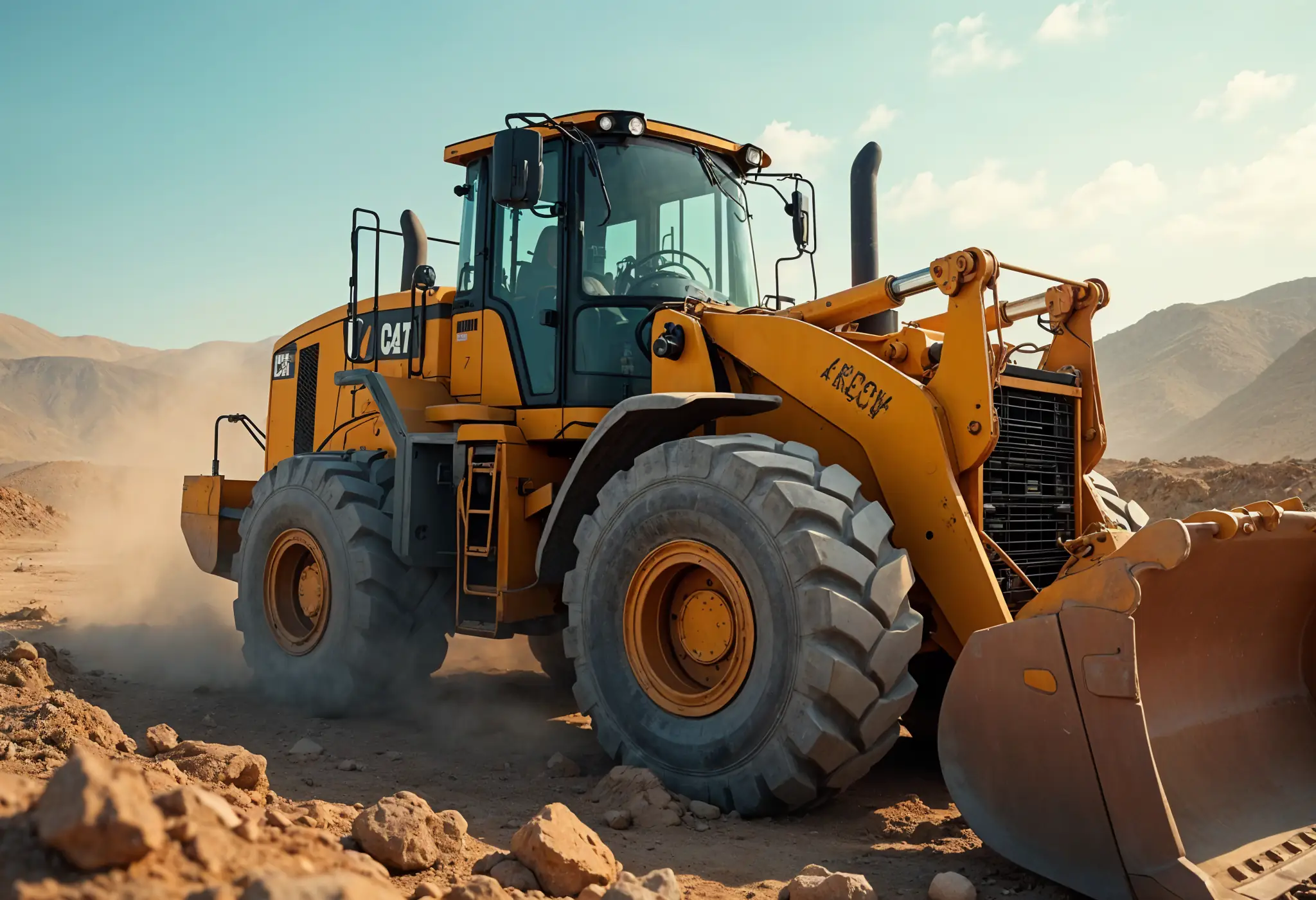
Top 25 Tips for Selecting Bulldozers for Construction Sites
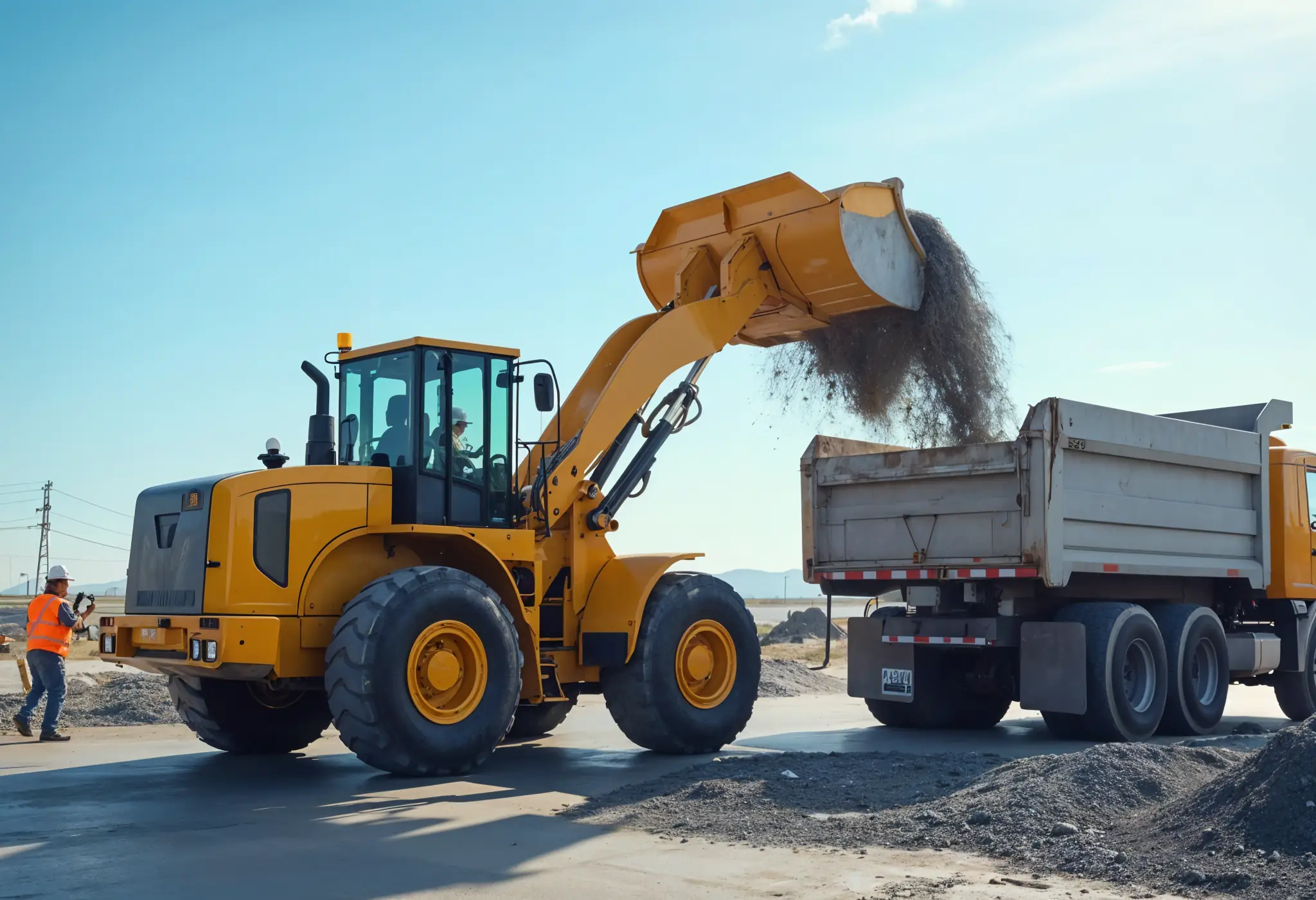
Which Construction Loader is Best for Your Project Needs?

4 Key Steps to Form a Construction Machinery QC Team

15 Essential Tips for Selecting the Perfect Crane for Construction
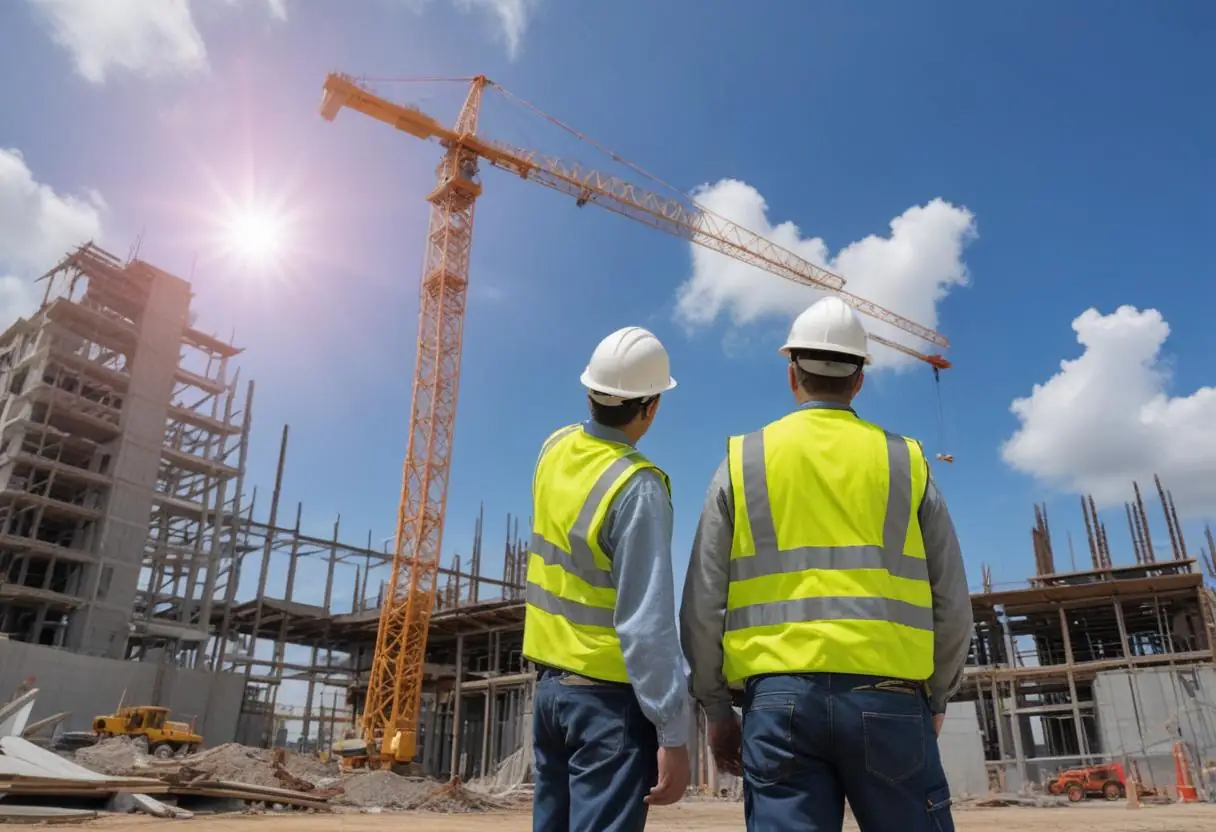
Maximize Savings: Multi-Purpose Construction Machinery for Lower Costs
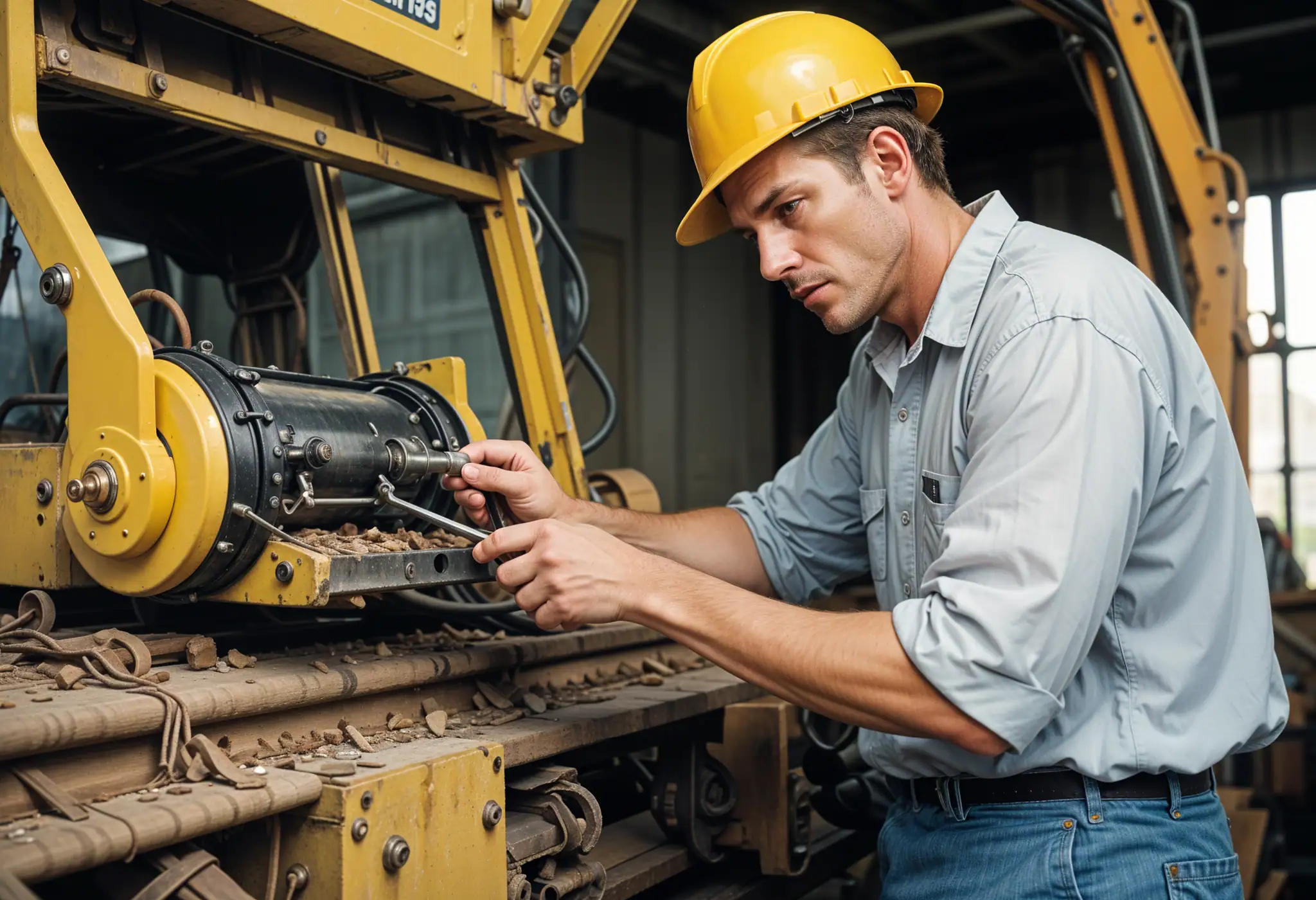
Affordable Heavy Equipment Parts: A Sourcing Guide
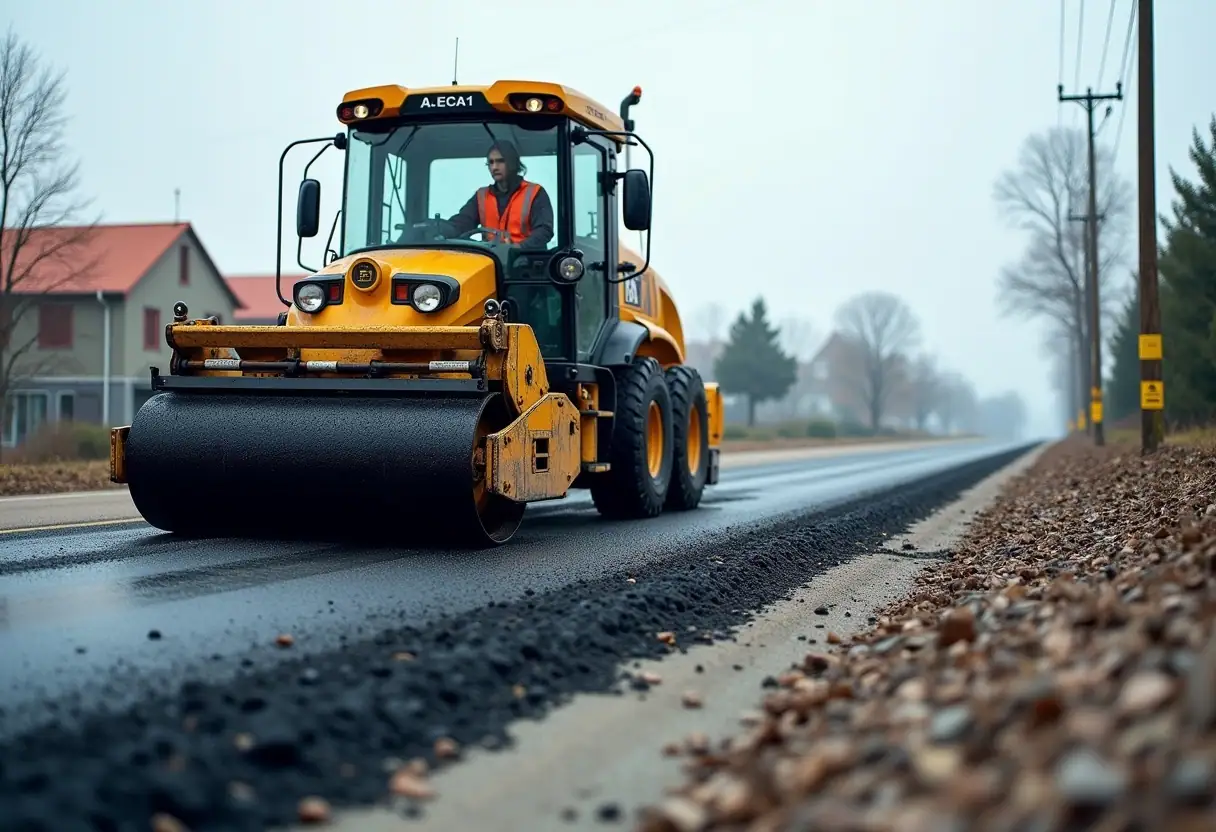
Choosing the Right Road Construction Equipment: A Complete Guide
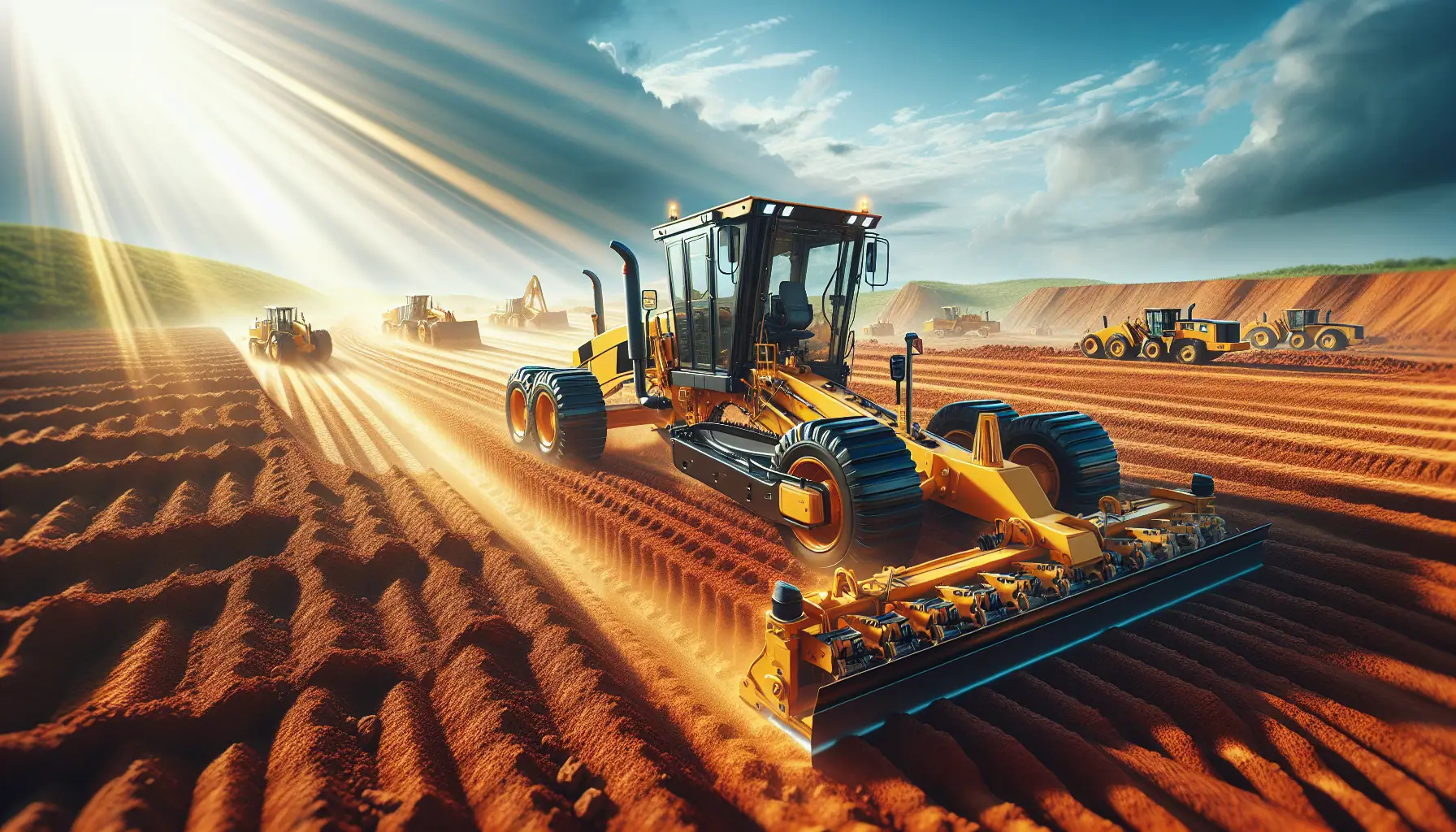
Motor Graders: Key Elements to Consider for Optimal Selection
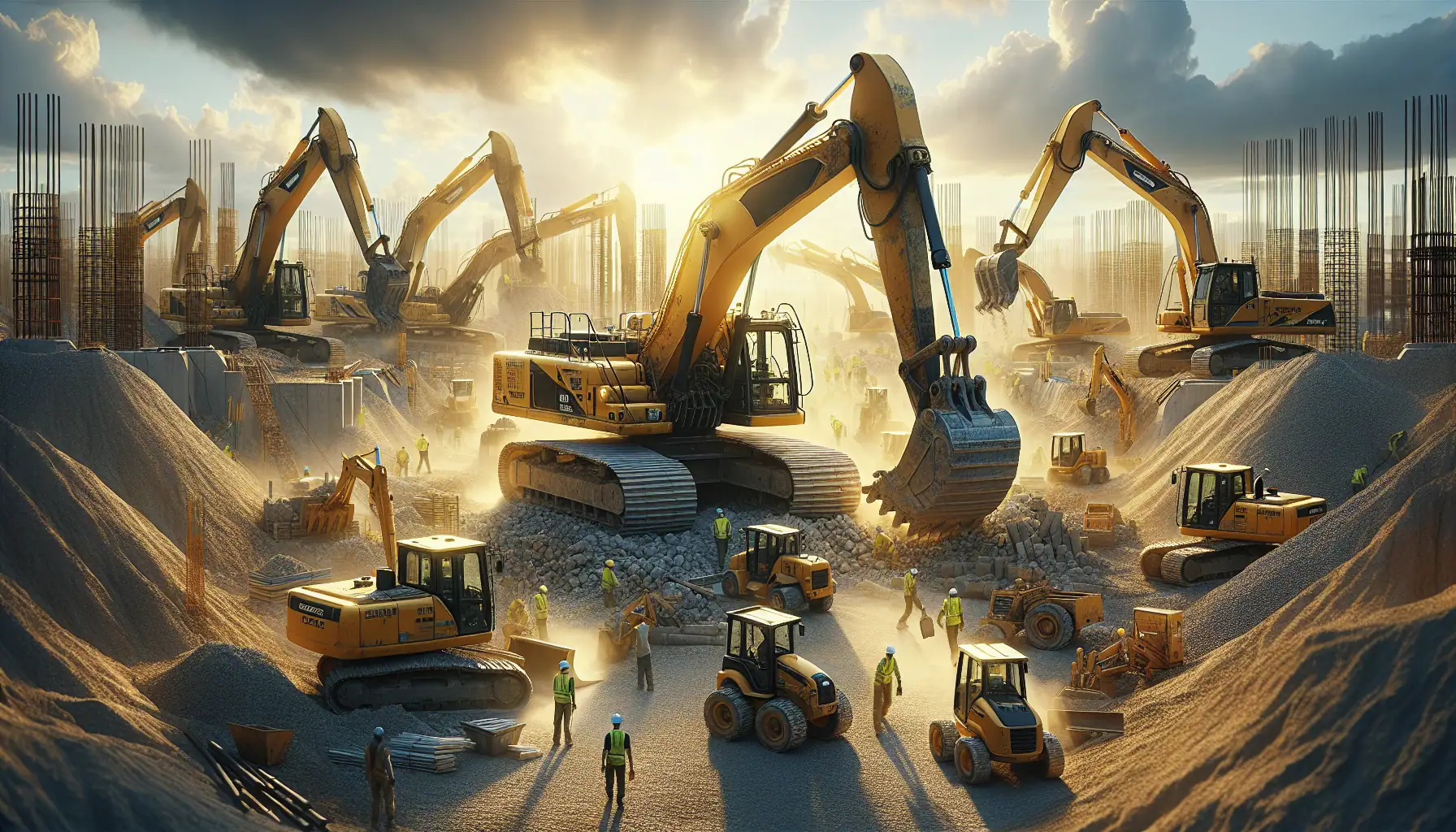
A Detailed Guide to Choosing Excavators for Construction Work
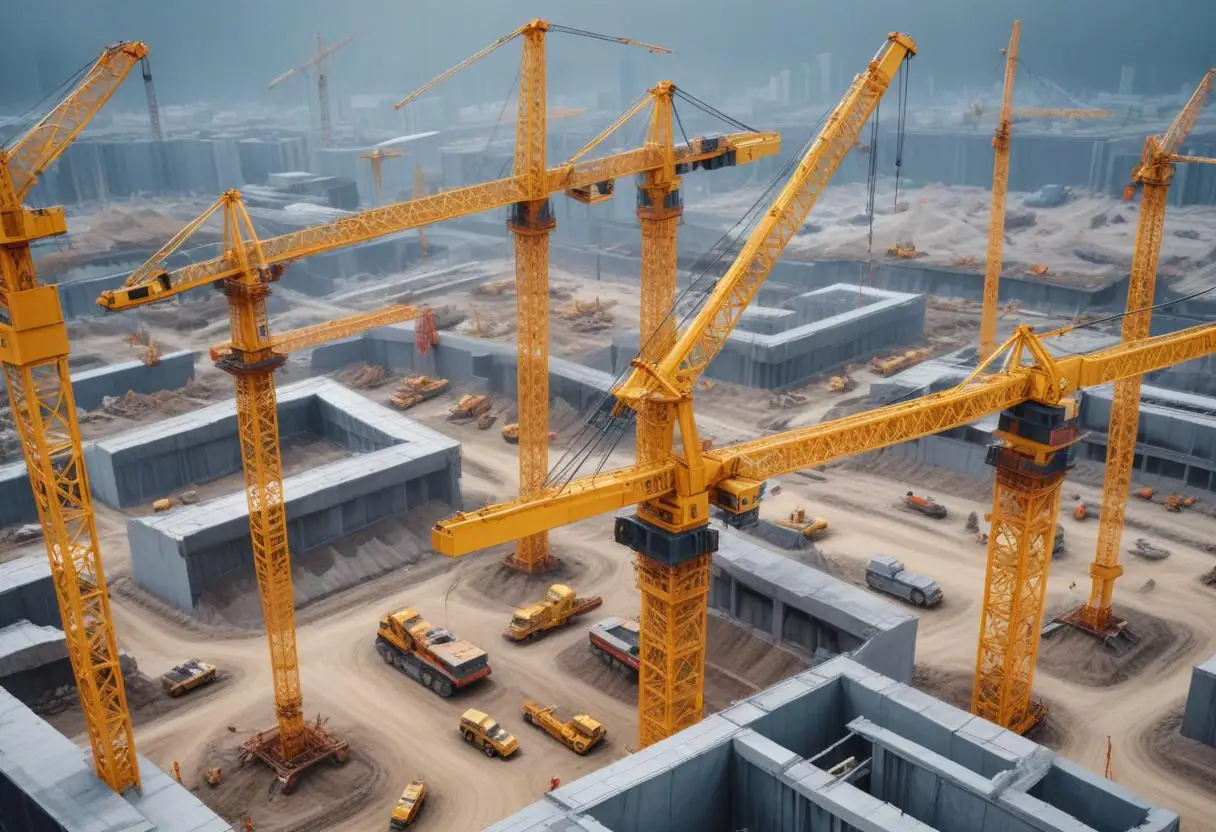
Top Tips for Choosing Cranes for Construction Projects
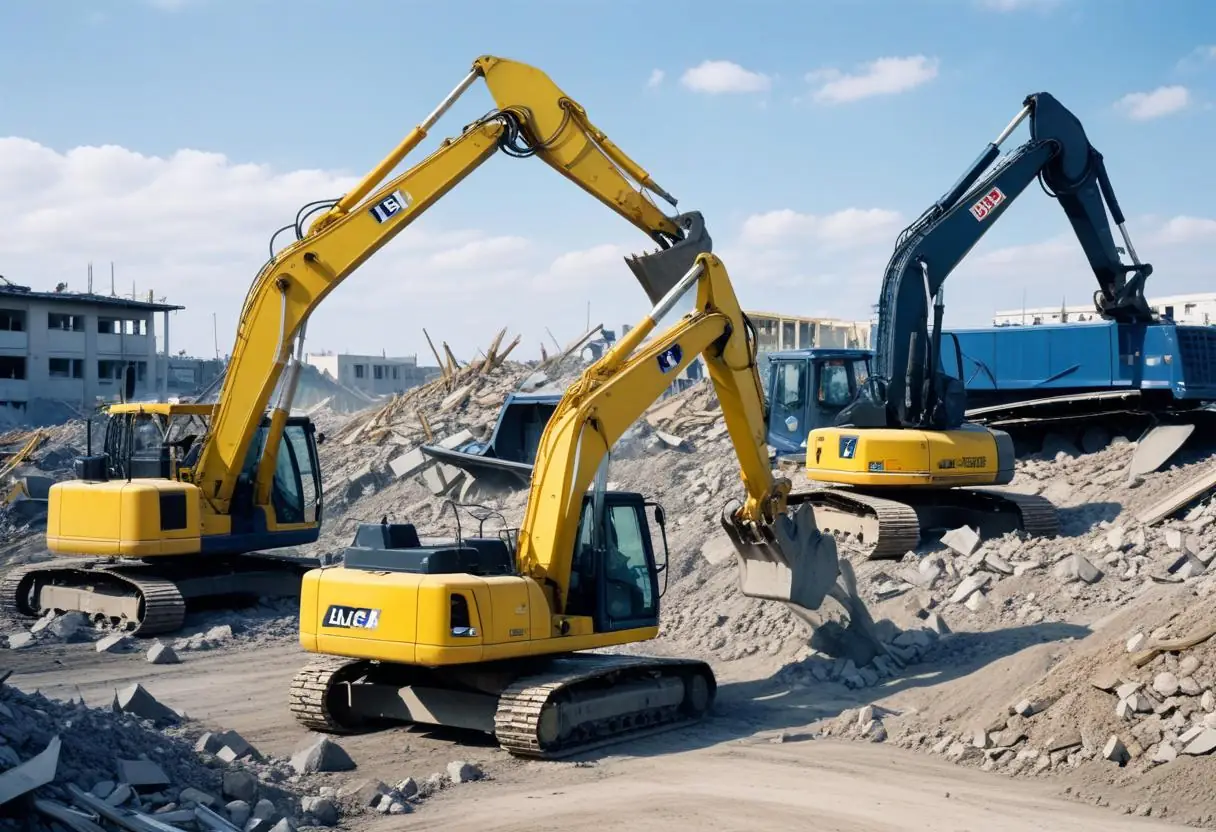
5 Top-Rated Demolition Machines for Construction Professionals
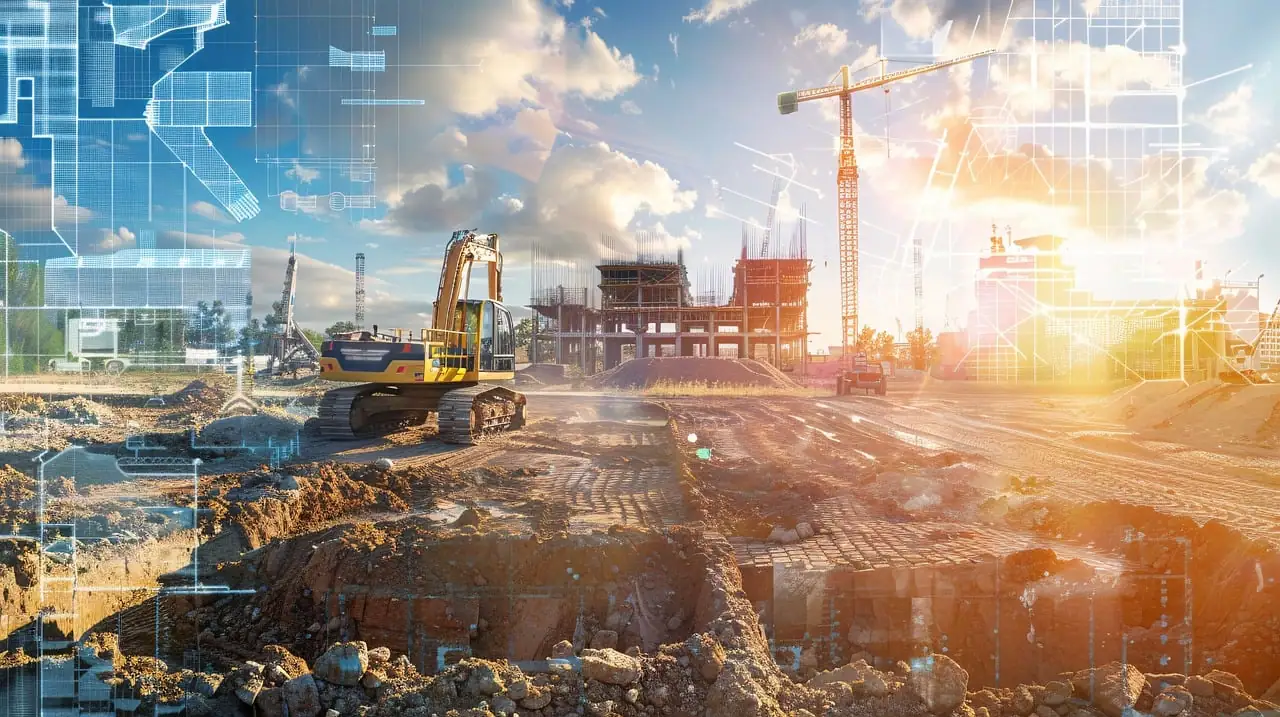
Expert Tips on Choosing Earthmoving Equipment for Large Projects
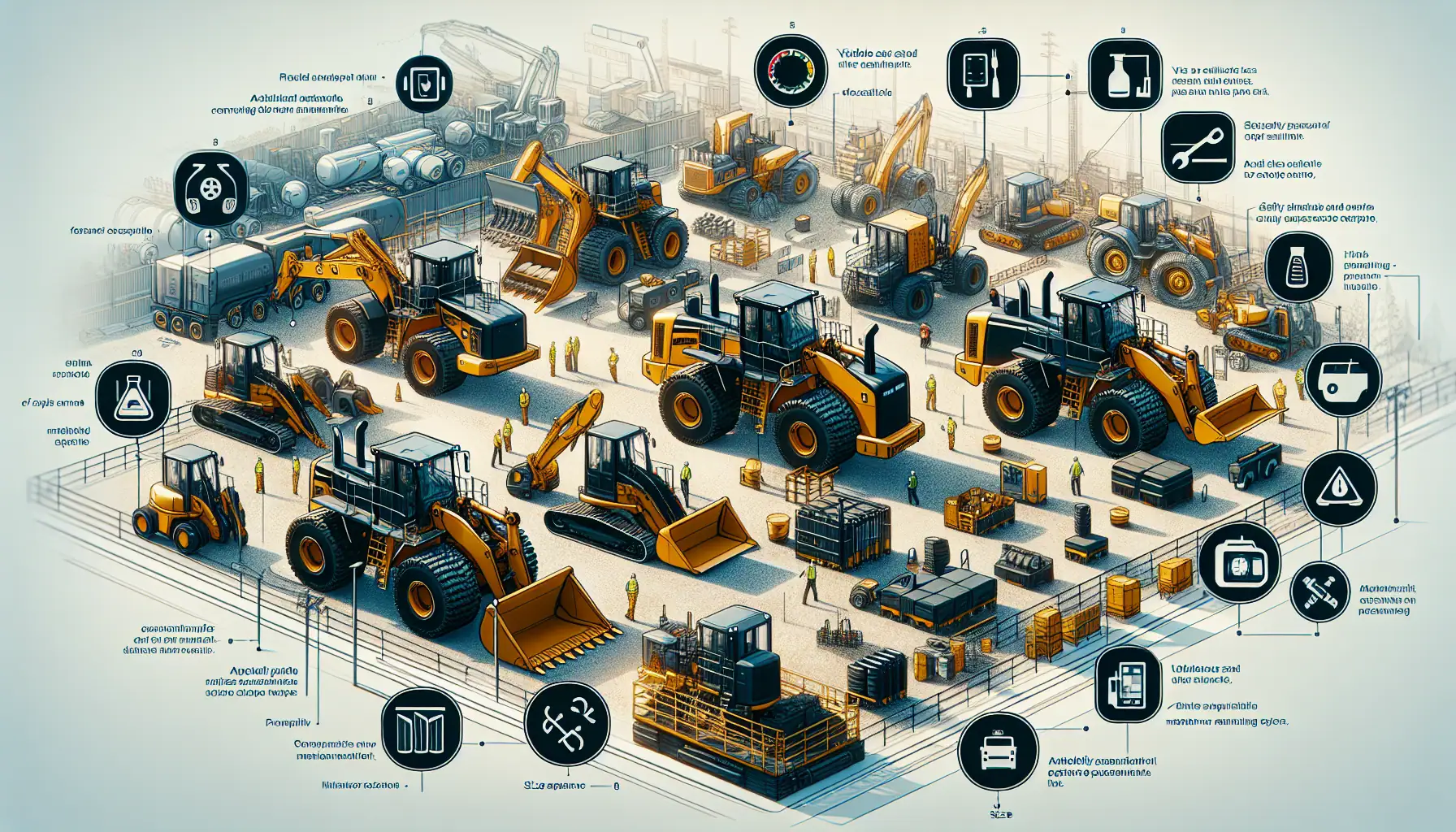
Top Functional Criteria for Selecting Heavy Construction Equipment
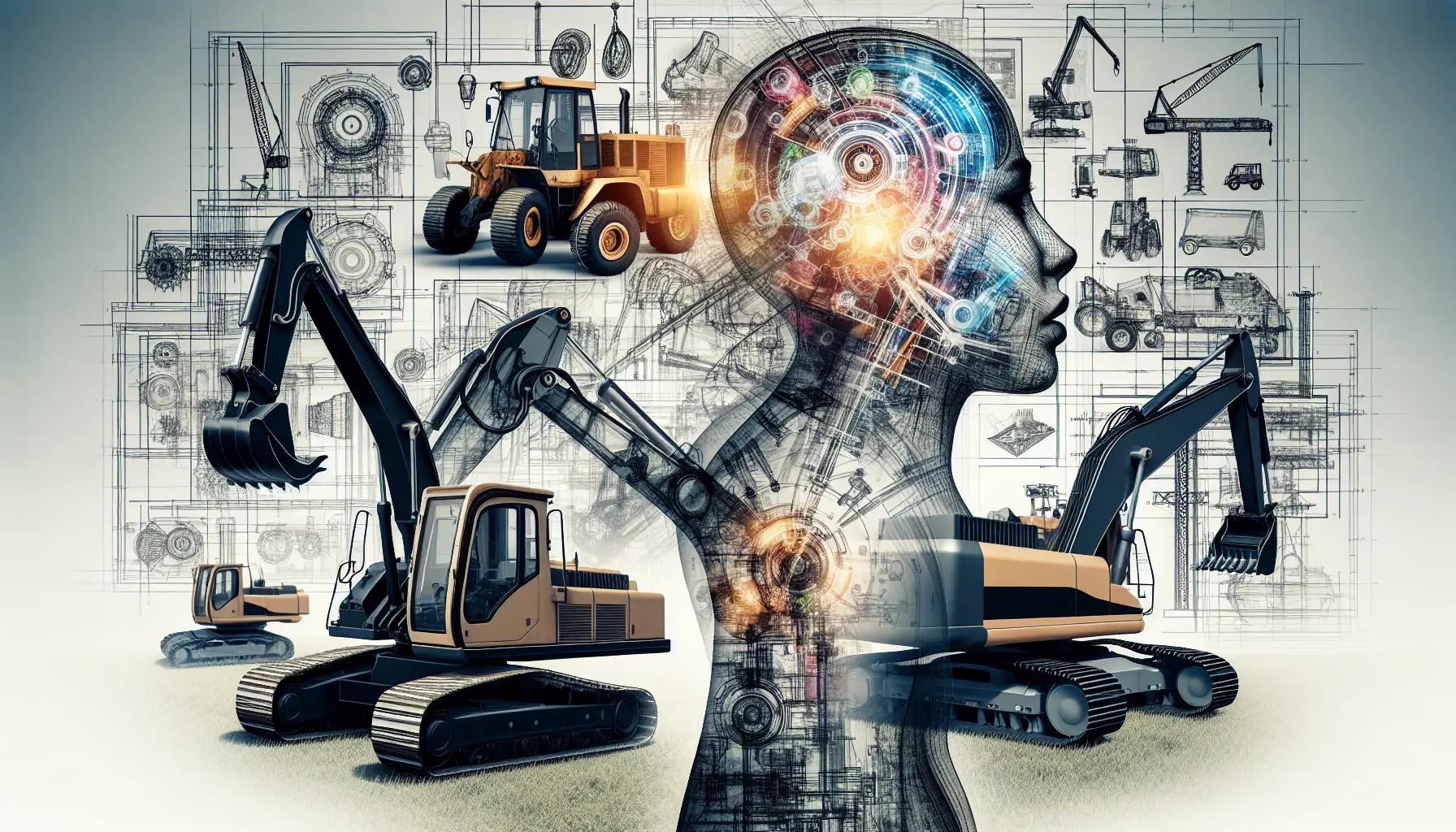
Construction Machinery: Detailed Guide to Equipment Specifications
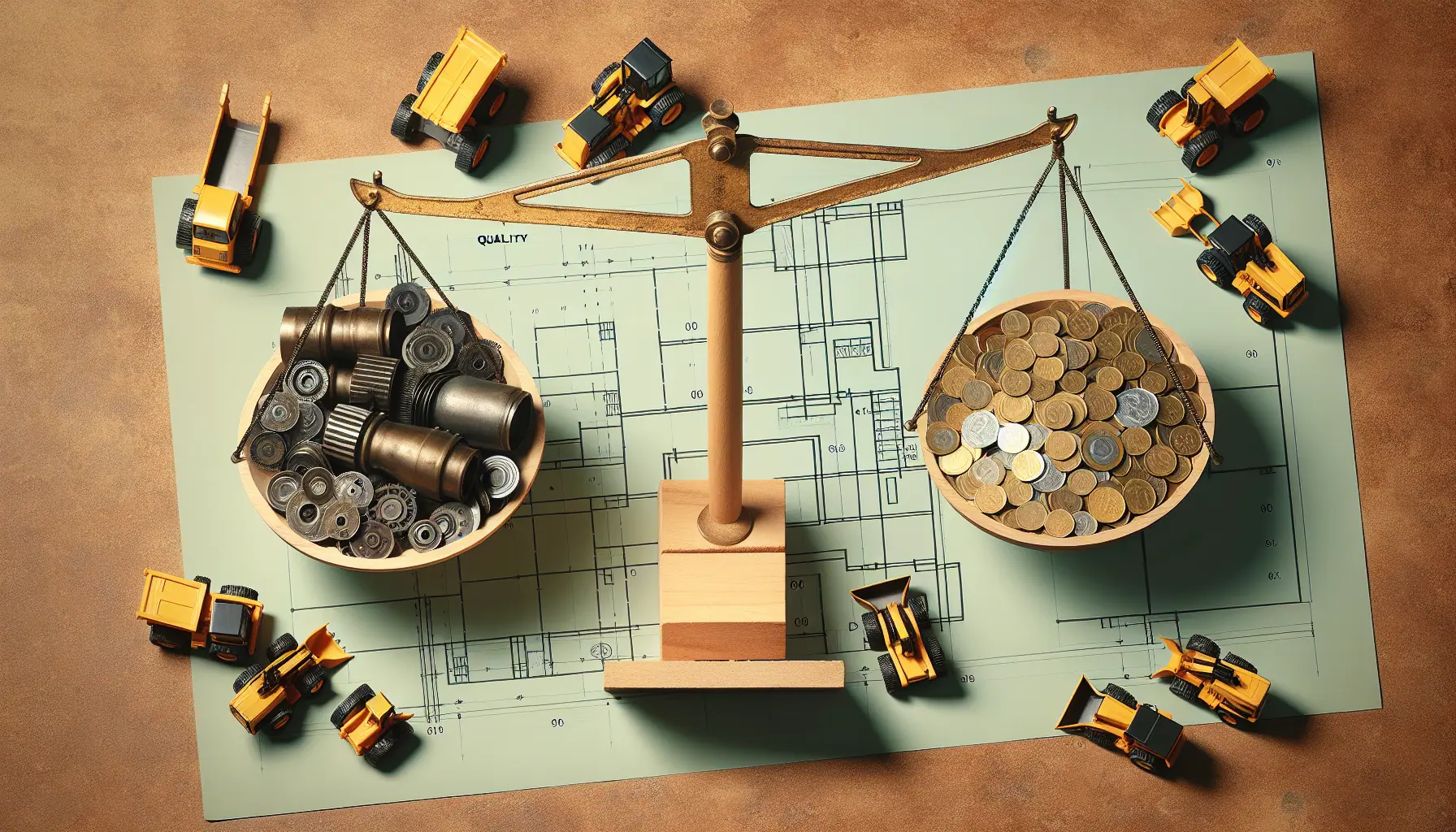
Heavy Machinery Prices: Key Factors in Cost and Quality Balance
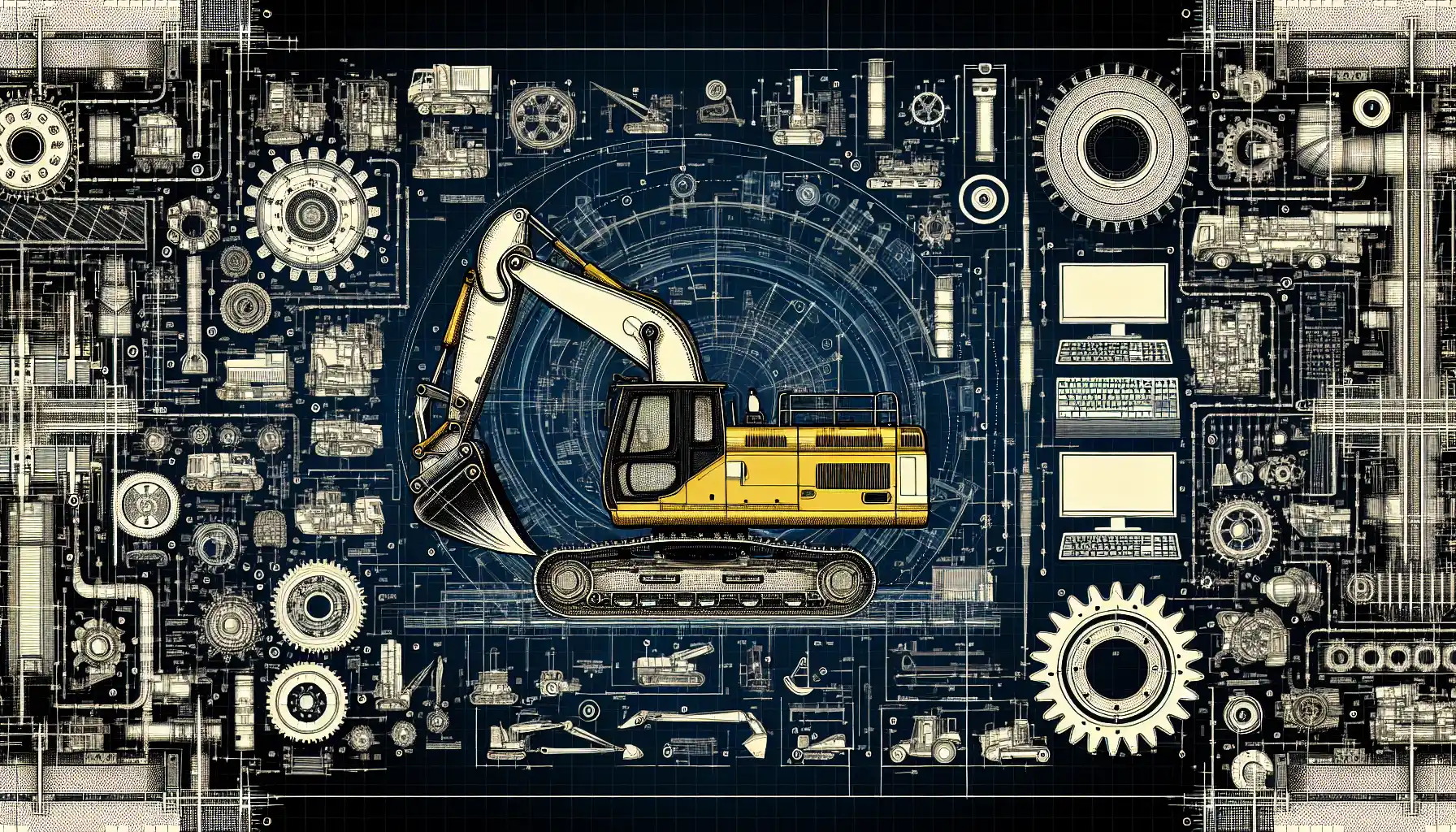
Best Construction Heavy Equipment Brands: Pros and Cons
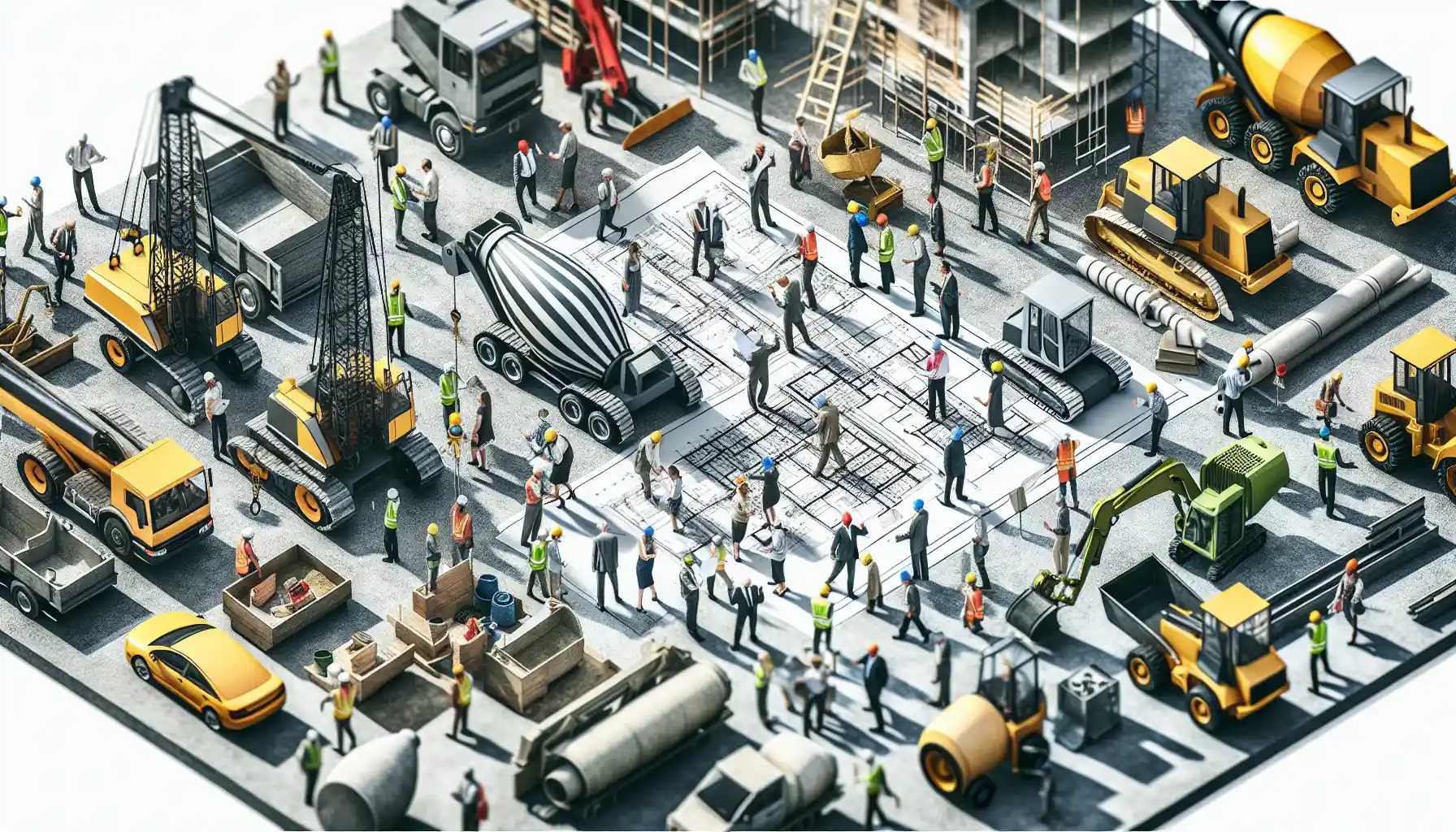
Construction Site Equipment: How to Determine Your Requirements
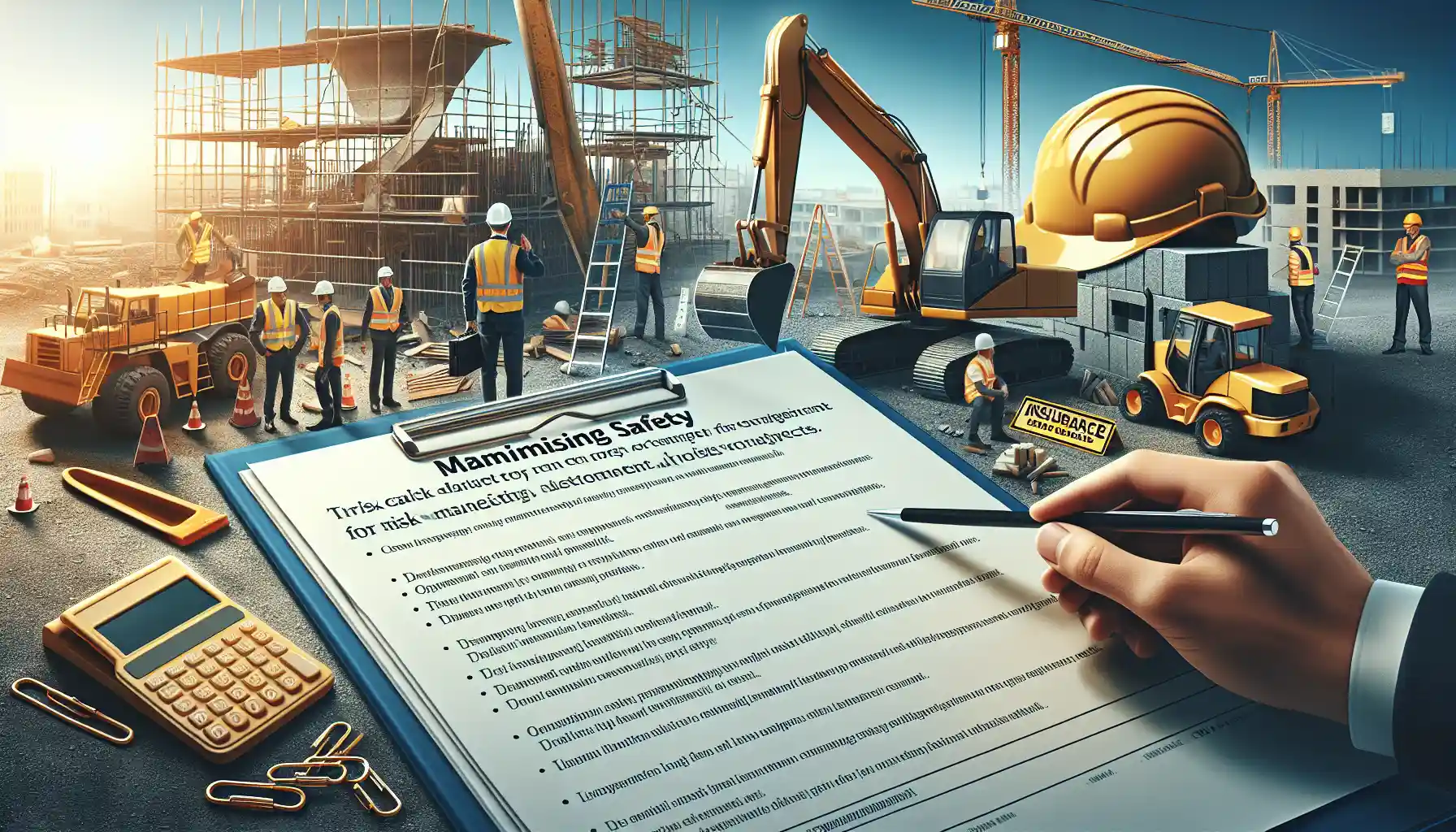
Maximizing Safety: Risk Management for Construction Projects

Innovations in Construction: Transforming Machinery and Equipment
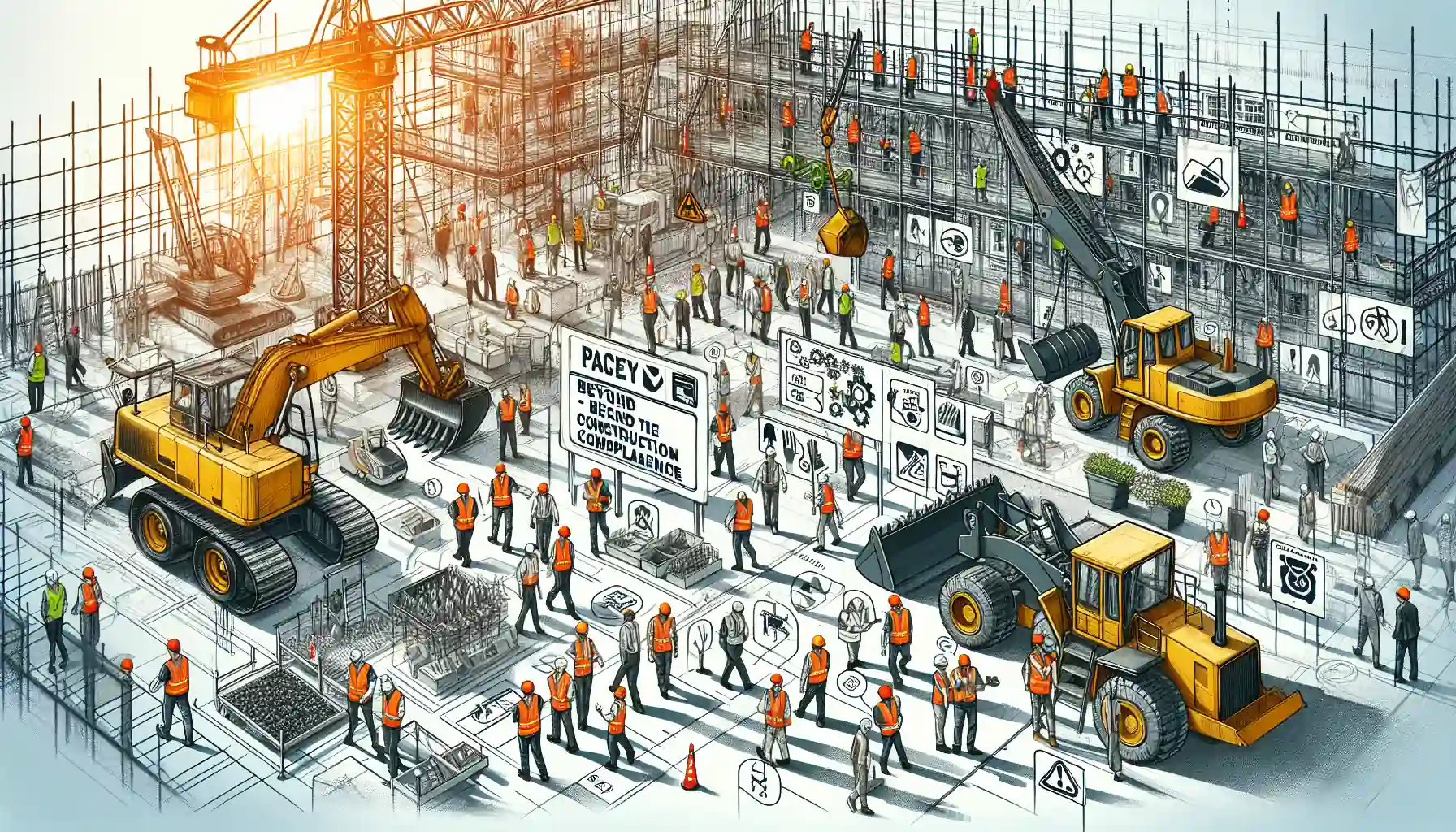
Heavy Equipment Safety: Beyond the Basics in Construction Compliance
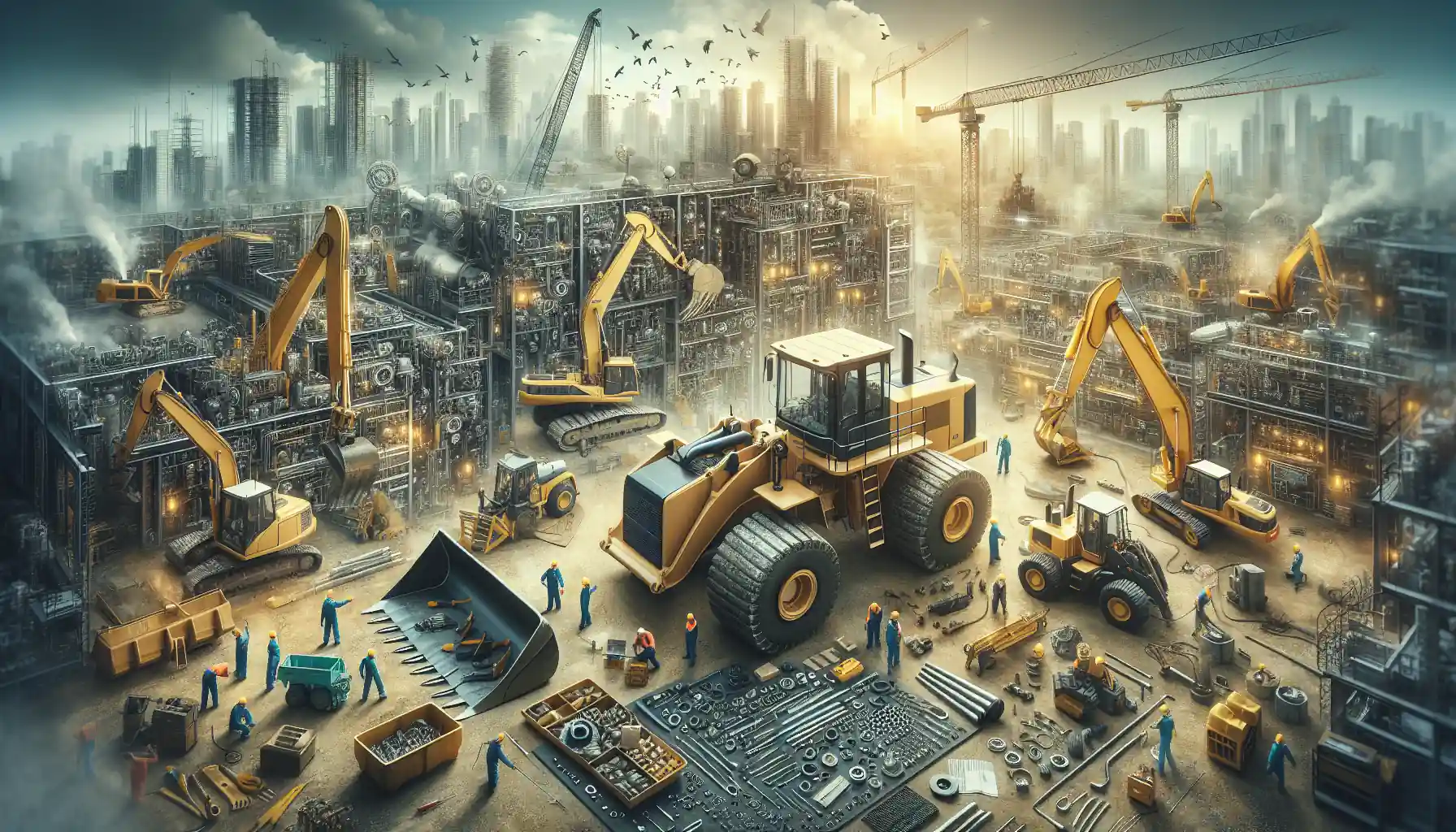
The Essential Handbook for Construction Equipment Repair and Maintenance
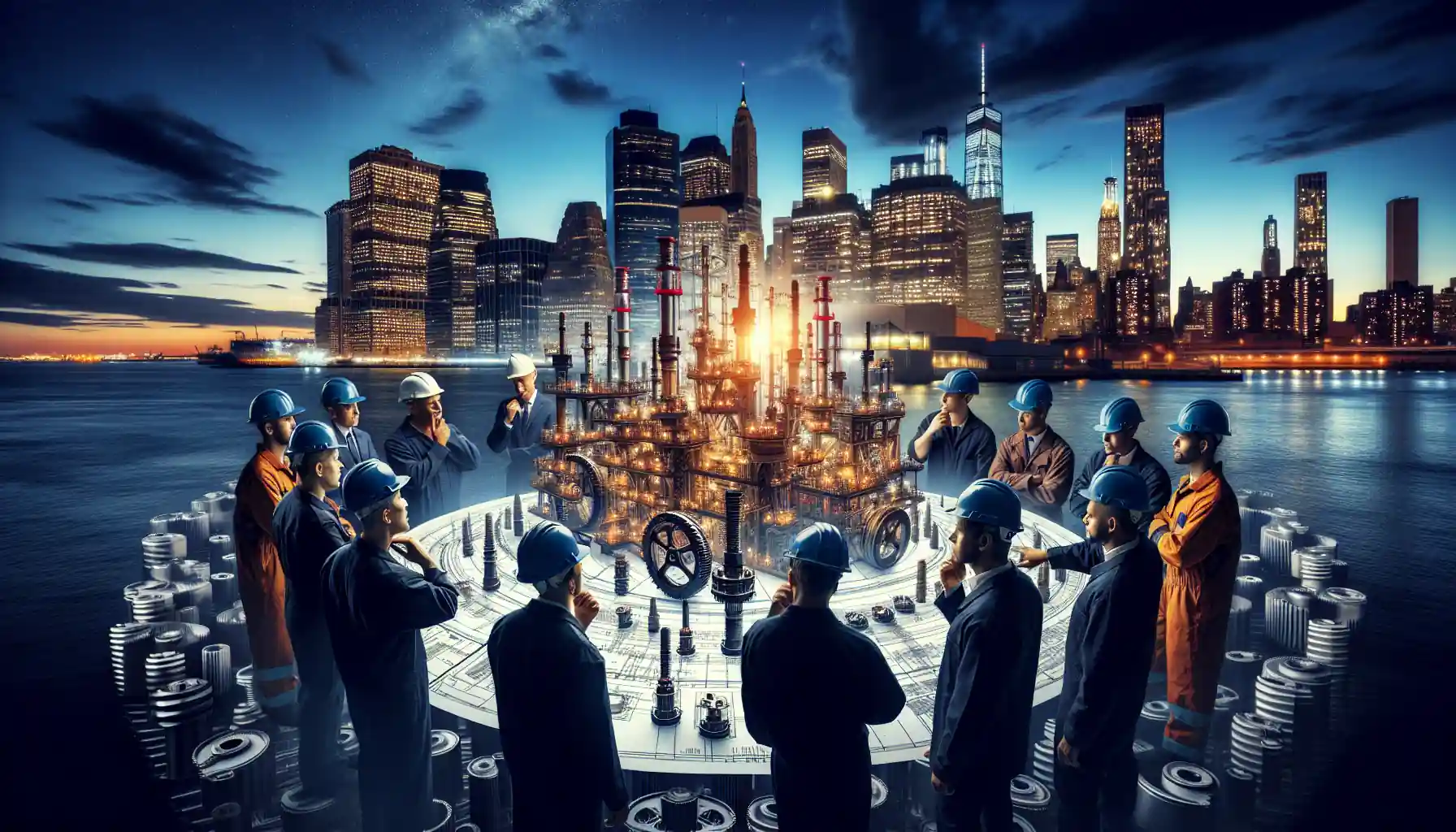
How to Efficiently Source Oil and Gas Machinery Parts in NYC

Essential Guide to Sourcing Agriculture Equipment Parts
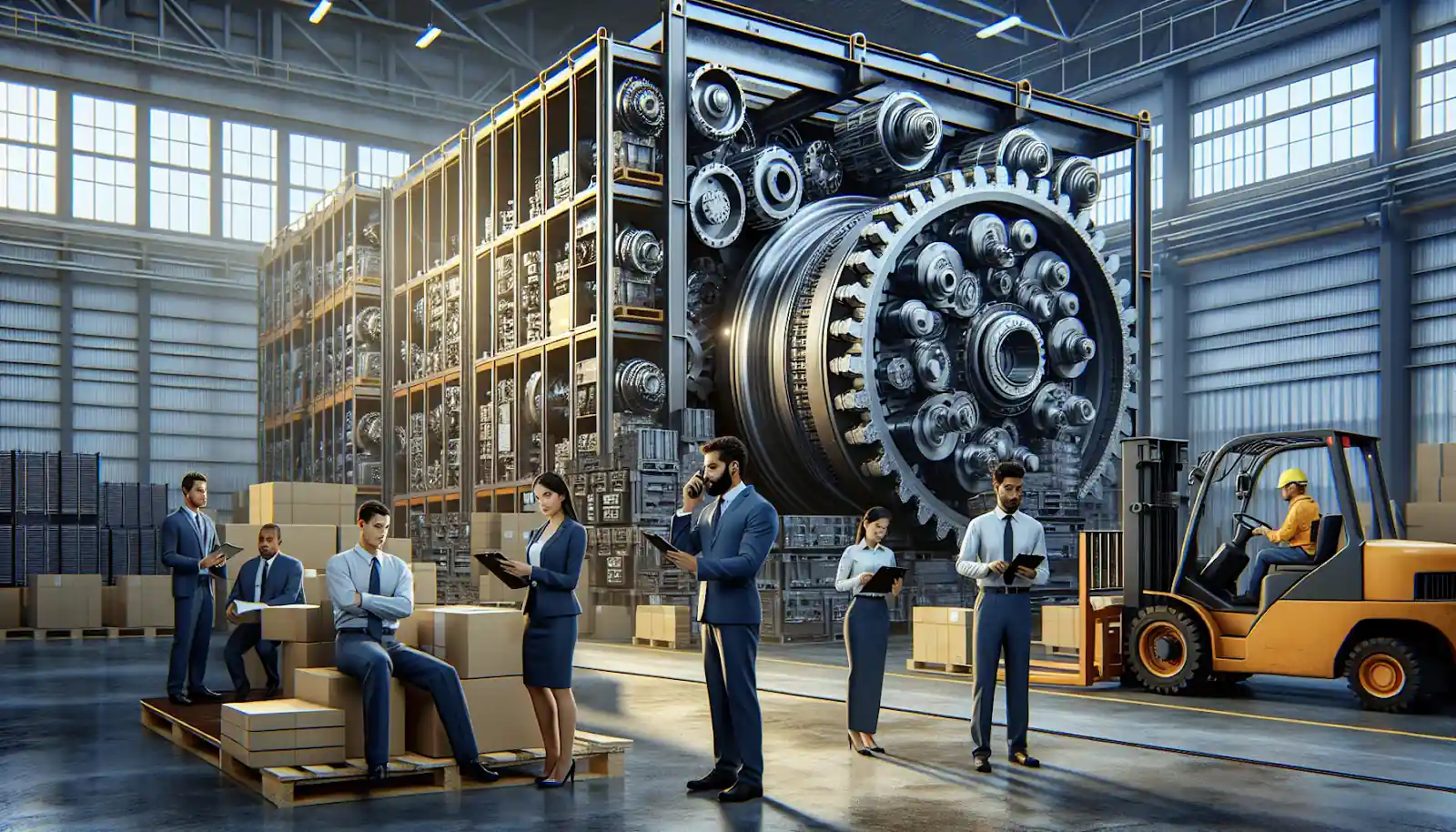
How to Source Mining Machinery Parts: Tips and Strategies
